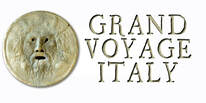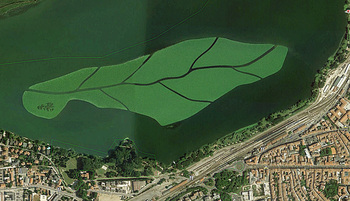 Isola del Fior (Flower Island), a mile long stand of water lilies Isola del Fior (Flower Island), a mile long stand of water lilies I'm on a mission. I'm going to return to Italy someday. But when I do, I do not want to spend any time where everyone else in God's Green Earth is going... Venice, Florence, Rome or Naples. They'll be no Vatican Museum or St. Peters Basilica on our "must see" list. In fact, there won't be a "must see" list. Maybe a "must do" or "must feel" or "must saturate" or "must relax" or "must enjoy" list. So where do I go and still fill my soul with the beautiful architecture, food and lifestyle Italy is famous for? The art, the gardens, the castles, the cobbled streets? Well, the truth is, just about anywhere in Italy has something to satisfy the non-tourist--the person who just wants to be Italian for a while. How about Mantova (also known as Mantua). Both are names for the same town in northern Italy in the southern part of the Lombardy region, halfway between Genoa and Venice. In 2007, Mantua's centro storico (old town) and nearby Sabbioneta were declared by UNESCO to be a World Heritage Site. Mantua's power and influence made it one of the most important artistic and especially musical hubs in Northern Italy. Opera is one of Mantua's main attractions, but it also offers wonderful examples of medieval and Renaissance artifacts, palaces and a beautiful cityscape. Monteverdi premiered his opera L'Orfeo here, and this is where Romeo was supposedly banished to in Romeo and Juliet. Mantua is surrounded by three artificial lakes, engineered and built in the 12th century as essentially a tremendously large moat. The lakes get their water from the Mincio River, a branch of the Po. The three lakes are called Lago Superiore, Lago di Mezzo, and Lago Inferiore. There used to be a fourth lake that dried up in the late 1700s, which completed the circle of water protecting the town. Lago Superiore has a unique feature floating in it... a mile long, leaf shaped (when seen from the air) bed of millions of water lilies called Isola del Fior (Flower Island). There is so much to see in Mantua that it could very well be a hub for a longer stay in Italy, with side trips to Verona, Venice and Bologna. For example, there is the St. George Castle, a thick walled medieval structure with some precious art inside... like the Camera degli Sposi (The Bridal Chamber). This has some of the most beautiful Trompe l'oeil paintings in the world. The frescoes on the walls seems to open up into a medieval courtyard with lively scenes. The dome above with its painting occulus makes it feel open to the sky above with onlookers peeking down at you. Imagine spending your luna di miele (honeymoon) looking up at that view! There are also many towers in Mantua that rival those of San Gimignano, or how about the opera house--Bibiena Theatre--where Mozart revealed his talent to the world in 1770 at the age of 13! Add to those a magnificent basilica, swans on the lake, sunset cruises on lake boats and more... all in all, Mantua is a non-touristy town with much to enjoy. 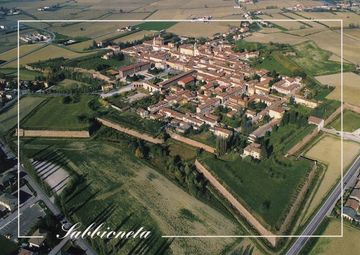 A few miles away, there is another gem to search out... how about a magnificent storybook castle with a moat? Then take a ride to Palazzina di Caccia (Little Hunting Palace) in the middle of Bosco Fontana (Fontana Forest). The Bosco Fontana is a nature preserve, so besides visiting the castle, plan on bird watching and taking a hike in one of the few remaining old growth forests in the region. About 20 miles further west of Mantova is Sabbioneta. The name is derived from the Italian word, sabbioso, meaning sandy. This is because the town was built on the sandy banks of the River Po. Sabbioneta is well worth the 20 mile trip from Mantua. One of the more interesting sights is the Teatro all'Antica, basically, a court theater for the elite. And as you can see from the photo above, Sabbioneta is actually a star-shaped medieval fortress. 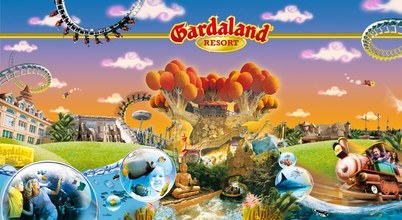 One more treat lies about 20 miles north of Mantua... yet another star-shaped fortress town of Peschiera del Garda, but this is a fortress with much more than a mere moat. The entire fortress is built on an island in the river Mincio at its outlet from Lake Garda--a wonderful destination in itself, although it could be crowded with tourists in summer, especially in August when most Italians take a month long holiday. Keep in mind that the area immediately surrounding Peschiera del Garda is chock full of caravan camp villages and other compounds with hundreds of vacation cottages. There are lake tours, fishing, and views of the snow capped mountains surrounding the lake. Two days here would be well worth it, especially if you want to give the kids a treat. In that case, check out Gardaland in the nearby town of Ronchi. It's a full-fledged amusement park with lots of appeal for the little ones and bigger kids alike, and one of the scariest, twistiest, roller coasters imaginable. One day could be spent at the Peschiera fortress, the other could be spent at Gardaland, or one of the other water parks in the area. Mantua/Montova and the surrounding area is a great place to visit, and the town would make a great hub for a longer stay. Coming to a town like Mantova will leave the throngs of tourists back in Venice, Rome and Florence. If you're so inclined, it's only about 2 hours from Milan and 1-1/2 hours from Venice, making day trips to either very doable (although not necessary). If your goal is to have a less typical vacation, there is enough here to satisfy any voyager. If you insist on going to Venice, I'd really recommend slowing down a bit and planning a two day visit, staying in Venice on one of the islands and getting lost in the back streets. Wherever you see tourists, point your nose in the opposite direction. There's always more to see in Italy than just the obvious... --Jerry Finzi Please, stop by our SURVEY and spend 60 seconds telling us how we could make our blog better! And please don't forget to LIKE our Facebook page. Grazie! You can also follow Grand Voyage Italy on: Google+ StumbleUpon Tumblr
0 Comments
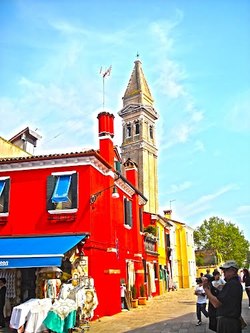 In Venice, the color palette contains greys, beige, mossy or rusty tones, perhaps umber and other earthy, monochromatic colors. It has grandeur and romance, but it is also packed to the gills with tourists and a bit tattered around the edges. If you're looking for a more relaxed, homey, and colorful experience consider Burano, a small island village just 4 miles across the lagoon from the main city island of Venice. The colors there will shock your spirit. Picture an entire village colored with a box of Crayola crayons... the Big Box with 96 colors! Add to that the brightly painted boats in the little canals and the colored flags of family's laundry blowing proudly in the sea breeze. This is a living town. There are no palaces here, and the little, brightly colored homes are reminiscent of the quaintness of Marblehead, Massachusetts. If you are a photographer or painter, Burano's kaleidescope of colors will inspire you to capture it on film or with watercolors. 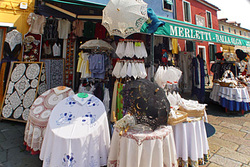 Burano Lace Burano Lace There many treats here... a beautiful leaning bell tower, great places to eat, children playing, men repairing fishing nets, and old women clustered together making the very thing Burano is known for--Burano lace. Offering unique and unusual gift opportunities, you can bring back a piece of lace, a lace umbrella or amazingly beautiful Venetian lace masks. Be aware, a lot of "tourist lace" sold in Burano is imported. Try to search out the real artisans for the genuine article--hopefully you'll see someone making lace right in their shop. You can also find people blowing wonder glass creations, something Venice is famous for. Every Wednesday there is a market in the piazza near San Martino church and a local fish market every day not too far away. 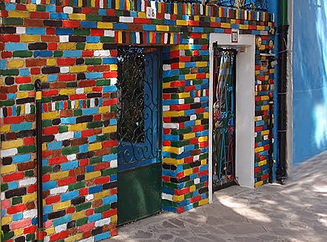 You can get to Burano by vaporetto (waterbus) in about 40 minutes from Venice. Plan on an early visit to avoid vaporetti full of tourists, or later in the afternoon when most have left the island. If you want to have a really different Venice visit, how about staying in one of the little hotels on Burano or it's sister island Mazzorbo (they are connected by a foot bridge). You can relax away from the crowds and pop over to Venice at night when the cruise ship tourists have been taken back to their ships. Another off the tourist path option for visiting Italy... Burano! As my blog article, Italy, Healthiest Country in Europe tells, Italians are already pretty healthy, but there's a lot more to the story... It's been recently reported that there are over 19,000 Italians over 100 years old today still living La Vita Bella. And apparently, Italians are getting healthier, because the number of centenarians has tripled in the last 15 years. Italy has the second highest life expectancy in the world, too--at 83 years young! According to the World Health Organization, their long life is filled with family and friends around them, a great, healthy Mediterranean diet and beauty all around them. These are not feeble types stuck in an old folks home... many live their own lives in their own homes. Europe's oldest woman is Emma Moreno, at 116 years old. (Read about Emma HERE). She still lives on her own in Verbania in the Piedmont, is a bit flirty to handsome male visitors and loves to sing. There is also a town called Montemaggiore Belsito in Sicily that has nine people over 100--in a small population of 3500 residents.  Mediterranean diet food pyramid Mediterranean diet food pyramid There is another town in Campania called Acciaroli where 300 out of a population of 2000 are over 100 years old. (Read about Acciaroli HERE). Scientists call hotspots for longevity Blue Zones, and one of the most studied is the island of Sardinia. Apparently, Sardinians carry the M26 genetic marker, which is tied to long lives, at rates higher than the general population. Scientist believe that their gene pool has remained "undiluted" mainly because of their isolation--living on an island offers less genetic variety. Sardinia has 10 times more centenarians per capita than in the United States. The other factor is their lifestyle... traditionally, they grow and harvest much of their own food, hunt and fish, and eat what they catch. The Mediterranean diet affords lots of antioxidants which keeps them heart-healthy. They tend to eat less red meat, more fish and vegetables and drink red wine--yet another source of antioxidants. When they do eat meat it's usually pork, goat or lamb. Their fats are natural--lard and olive oil. The cheese they eat comes from sheep and goats rather than cows, which is much better for overall digestion. A sedentary lifestyle is unheard of, and in fact, Sardinia's rugged landscape requires hiking to get somewhere--people never merely walk. This heightened activity alone adds to the robust health of these people. They also take afternoon naps, have small breakfasts, large relaxing lunches and moderate suppers. Some Sardinians even claim that their windy environment along with the magnetic rocks that make up the island somehow put energy into their bodies. In the end, one of the more important factors to increased longevity in Italy might be the relaxed attitude toward life itself. There is less stress perhaps due to the widespread attitude of "domani". Yes, there's always tomorrow. And the tomorrow after that. And the one beyond that one. Italians look at time as a river that flows downstream without stopping. Why fight what you can't stop? Flow with it. The river of life can be a long one indeed... --Jerry Finzi Please, stop by our SURVEY and spend 60 seconds telling us how we could make our blog better! Grazie! Copyright, 2016, Jerry Finzi/Grand Voyage Italy - All rights reserved You can also follow Grand Voyage Italy on: Google+ StumbleUpon Tumblr 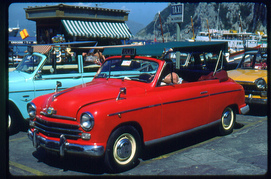 FIat 1400 taxi FIat 1400 taxi If you are going to the Isle of Capri while visiting Campagnia--Naples or the Amalfi Coast--then you might want to feel what film stars feel like and take a taxi ride around the island. But these aren't just any taxis... these are Capri taxis. Some are as long as limos, some like vans and others are vintage custom Italian vehicles--all with their roofs cut off to enjoy the sun. And if the combination of sun and dizzying views over the cliff edge get you a bit light headed, ask the driver to roll out the canopy over your head to help keep your cool. These unique looking, top-chopped, sun-worshiping taxis first appeared on Capri in the 1930s. They were mostly Fiat convertibles, or custom made convertibles with their roofs cut off. By the 1950's, they'd become a welcoming symbol for the chic isle, with some drivers becoming as well known as the film stars they transported... Sophia Loren, Princess Margaret and Brigitte Bardot. Later on, Jackie Onassis and her hubbie-to-be Aristotle Onassis brought even more attention to them. One driver even proved his loyalty when Onassis left wallet on his yacht, the driver paid for their meal. This is the stuff legends are made out of--at least in chic Capri. By the seventies, finding replacement parts for the colorful canopy frilled taxis became more difficult and today only a handful of these vintage vehicles can be hired--for higher than normal fees. There are hotels that use vintage taxis to transport their guests from the harbor to their hotel. Still, the modern breed of unique vehicles offer the same sun and wind filled adventurous ride while passengers soak in the sights along their way... There are many taxis to pick from at the taxi parking areas as you get off the ferry or you can book ahead online to plan a tour. Most do a circumnavigation of the island, giving you all the best views from the magnificent curvy roads. You can choose from the less expensive van or sedan type or, if you can find one and can afford it, choose to ride in a 1950s or 60s era classic vehicle. Circumnavigation tours around the island range from around $100 to $200 dollars, depending on the vehicle and the length of your tour. To go from Marina Grande up the mountain to the Piazzetta in Capri town, a 10 minute taxi ride will cost you about $22 (whereas the Funicular rail car will cost about $3). It might well be worth splurging on the ride for a truly unique experience. (I'd still take the funicular for that experience also!) 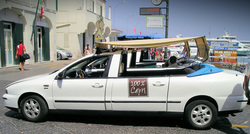 Now I for one would love to be at the wheel while driving the twisty roads of Capri, as I did on the Amalfi Coast. (Click HERE for Amalfi Coast Drive: Part Paradise - Part Hell). Voyagers to Capri should be aware that, while renting a car is possible in Capri, it's not recommended. The rental car rates in Capri are much higher than rates in Italy, mainly because the Capri government itself wants to discourage excess car traffic. The situation is so bad that in the busiest months travel by car is restricted to residents only! (In my opinion, they should also do this along the Amalfi Coast during the high season). So when visiting Capri, relax and let someone else do the driving for you. Besides these taxis, there are other local taxi services you can call by phone, taxi stands, cheap buses, the famous funicular in Capri town, and of course, the always available and pleasant water taxis and ferries.  In Italy, the government is seen to be overweight, costly, corrupt and as ineffective as an old man with a young wife. There are ways around laws and regulations--and even taxes--in Italy. The Italians call this being furbo. Furbo can mean crafty, sly, witty, shifty and even downright sneaky, but in Italy these aren't necessarily bad traits. If for instance you cut into the head of a line, you're furbo. You got ahead. You did it. Bravo! If you parked illegally and didn't get a ticket. You're furbo. Pat on the back. If you pass someone on a blind curve or down the white line of a highway and didn't get killed, God Bless... furbo! If you found some truffles and neither you or your dog got shot for poaching, furbo! And if that property down the road owned by those Brits has all that fencing going to waste, sure, drive up and take it for yourself. Better to be furbo than to see it not being used by someone else... Furbo is seen as something good, especially when you beat the government at their complex rules and regulations that no proper Italian agrees with. There is a guy who invented a little clip that you can insert into a seatbelt latch just to keep the seatbelt warning from annoying you. Even the Bunga Bunga presidente, Berlusconi was thought of as being furbo. He socked away millions, made deals that benefited his companies and cronies, and got the young girls. Surely, a very furbo, wealthy man worth over 9 billion dollars. Then there's the hunters we saw down below us on our hot air balloon ride over Tuscany. As our pilot Stefano explained, "There are no game left, some don't want to pay for hunting licenses, so they pay land owners like the one below us to 'hunt' on his property away from official eyes. Even if they've killed off the deer and rabbits they'll shoot anything else that moves, even the little birds." The ones we saw brought their own pigeons that were perched right in the treetop along with them. Shove one or two off their perch to fly and BLAM, kill them. Hunting, furbi style. And then there's taxes. Furbi Italians work for a few months a year at a job "on the books" to ensure they cover the minimum necessary to ensure that they can retire at 50 or so. Some travel to the big cities for a few months each year for these jobs, then they go back home and work their off-the-book jobs, and skip paying taxes. Furbo. The man at the right is using the gesticulation which means, "watch out, be furbo, don't get caught. Look out for yourself!" Being furbo is sticking it to someone, more than likely not your mother, but it could be your cousin or the old lady down the street. In the end, one's furbizia in Italy is something to be proud of, to brag about, or for some to envy. To understand this better, I asked Stefano, our balloon pilot about the whole concept of furbo: "I don't like it. It's bad for the country. People think they have to cheat to get ahead rather than working hard to change things." Perhaps he sees things from a much higher vantage point... after all, his flights are closer to the heavens than most Italians. Bravo, Stefano. --Jerry Finzi If you like this post, please COMMENT and SHARE it with your friends! And please, stop by our SURVEY and spend 60 seconds telling us how we could make our blog better! Grazie! 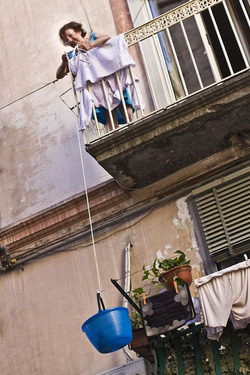 The wonderful photo above, by Alessia Pignetti, shows her grandmother using the iconic o'panar, a basket or bucket lift used to bring groceries up to apartments in and around the Naples area. Old apartments MINUS elevators PLUS a bucket PLUS some rope EQUALS Italian Ingenuity at its best. Italians have all sorts of roadblocks in their way as they live their Vita Bella, but still find ways to get around their problems. That's being a true, furbo Italian! The o'panar (also called a Panaro - bread basket) is an especially great tool for elderly nonnas, living in an un-airconditioned top floor apartment, in the heat of the City of Naples or Sorrento or other towns in Campania. Their legs perhaps failing from a lifetime of walking the many hills in their environment, o'panar is used daily to lift up deliveries of milk, cheese and eggs, produce, a fast food delivery, or other supplies brought to them by their never-too-far-away offspring. You can imagine how dangerous it can be when Nonna loads a couple of sharp knives or scissors into the bucket to send down to l'arrontino--the knife-sharpener--on his weekly visits! Instead of traditional wicker baskets, many nowadays use plastic buckets, but in a bright blue color--perhaps for visibility so that unaware passersby on the street below can see it coming down (often just dropped) and avoid being smashed in their testa. So, if you're even in Campania visiting Naples or Sorrento or Salerno... look up, or should I say, heads up! --Jerry Finzi Please, stop by our SURVEY and spend 60 seconds telling us how we could make our blog better! Grazie! Copyright, 2016, Jerry Finzi/Grand Voyage Italy - All rights reserved You can also follow Grand Voyage Italy on: Google+ StumbleUpon Tumblr from wanderingitaly.com
Pompeii Map & Travel Guide Visit one of the top Roman Attractions in Italy Pompeii, and to some extent its sister site Herculaneum, are notable for being destroyed by a particularly ferocious eruption of Vesuvius. Time stopped at that very moment. The archaeological site became a vast museum of that moment in time, which is why it is so compelling--and why archaeologists have learned so much from the ruins of Pompeii. Pompeii is one of the top Roman era attractions in Italy. It's also pretty easy to get to. The main train line, the FS from Naples, and the private line, the Circumvesuviana, both arrive in the modern Pompei, albeit at different stations, as you see on our Pompeii map below. As you can see from the map, the ancient town of Pompeii to the north of the modern Pompei is not so much smaller than the modern town that's grown up around it. You can take quite a long time exploring it--the whole city is at your feet.... (CLICK HERE TO READ THE ENTIRE ARTICLE AND SEE THE MAPS) Here's a very easy and quick recipe I threw together for Lisa's birthday breakfast last Saturday. I've seen recipes for Eggs in Purgatory before, but wanted to put my own spin on it... I call this recipe Eggs in Limbo, because they baked on top of--and not in--a tomato sauce. I didn't like the way other "Purgatory" recipes usually poach eggs directly in tomato sauce in a large saute pan, and then need to be scooped out and portioned into plates when done--it's a bit messy. So, I figured I'd make individual casseroles for "We Three" (our name for our little famiglia) to provide a neater presentation. I bought these small Italian casseruola a while back and thought they'd be perfect vessels for baking the eggs. You can use any small oven safe casserole for this recipe.
Ingredients 2 eggs for each individual casserole 2 thin slices of Speck or (Boar's Head brand) Prosciutto Piccolo (per portion), cut into 1/2" x 1" strips Tomato sauce of your choosing (I used my basic pizza sauce recipe) Shaved Parmigiano Reggiano for topping Large, pitted black olives for garnish (Imported) toasted, sliced ciabatta bread for garnish Directions
The results were simple and tasty. Lucas put way too much black pepper on his for my tastes (he sure loves things picante). Lisa thought it was a perfect birthday breakfast.... Boun appetito! --Jerry Finzi Please, stop by our SURVEY and spend 60 seconds telling us how we could make our blog better! Grazie! Copyright, 2016, Jerry Finzi/Grand Voyage Italy - All rights reserved You can also follow Grand Voyage Italy on: Google+ StumbleUpon Tumblr Italians Becoming Americans: Columbus Park, Little Italy, NY - Shoeshine Boys Playing Marbles5/9/2016 As you might have read in my post, Pizza Woes: New Wall Ovens and The Learning Curve to Make Perfect Pizzas, we have new double wall ovens--from Kitchenaid... with a conventional oven on the bottom and a convection unit above. Since we got them I've been having problems getting enough heat to bake my pizzas properly--and quickly. I've narrowed the problem down to a simple fact of physical science: Our old oven had a 50 amp breaker and used almost 44 amps of electric power to heat its exposed thermal elements. The new ovens require only a 40 amp circuit breaker for its lower covered heating element and uses only 33 amps of power. The problem is the old ovens heated faster and more intensely. The new ovens take a long time to preheat and seem to fluctuate as much as 80 degrees as the thermostat tries to keep the oven at the temperature I've set on the control panel. The rear of the ovens are also 25-35 degrees hotter than the front... this is due to the fact that the glass on the doors is one of the largest I've seen on wall ovens.. that much glass simply does not hold the heat as much as an oven door with a smaller window. So, I've tried a few things to help my pizzas bake faster and more evenly. First I tried a double stone technique--where you place one stone under your pizza and another on the rack just above the lower one. Supposedly this is supposed to radiate heat downwards as well as upwards toward the pizza. I didn't see any difference. Since Lisa doesn't like pizzas that are too dark on the bottom, I usually make pizza on my newer, lighter colored, less seasoned stone. Ok, so I tried using my darker, more aged stone. It helped a bit, but my normal bake time for a pizza placed right on the stone (I use parchment underneath the dough) still were taking almost 20 minutes at 550 degrees F to bake properly. My old oven only went to 515F and finished a pizza baked without a pan in 3-5 minutes! For my pan pizzas I often use a silver steel half sheet pan--a heavy commercial one. I've always gotten great pan pizzas in 15 minutes at 475 degrees F from these pans--the pan placed on the preheated pizza stone. With the new ovens, the bottom of the crust took forever to crisp and brown up. So, I tried changing pans and got a dark colored heavy sheet pan. This worked pretty well. My times came back down to 15 minutes... but sometimes needed a minute on broil to finish cooking the toppings. Ok, I could live with that--pan pizzas are back on track. Now, back to on-the-stone pizzas... I tried the upper oven's convection feature only to find that the rear of the crust burned--a charcoal tasting black. Not good. This seemed to happen no matter what rack I put my pizza stone on--above the rear convection fan or at the bottom. I typically bake rectangular pizza shapes so turning the thing halfway through baking would be awkward and potentially dangerous. 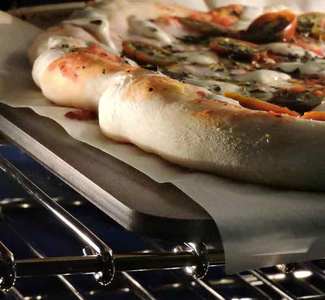 The pizza on the steel after about 2 minutes The pizza on the steel after about 2 minutes A Solution (or rather, a compromise) Well, I think I've found a secret weapon to solve some of these problems. The pizza steel. It was a bit hard to decide on the perfect one... most are made of a carbon steel and have to be seasoned. Most are also smaller than a standard 14" x "16" pizza stone, too. The Nerd Chef Pizza Steel was the right size but a bit expensive at $80 on Amazon. I ordered one and got right to pizza making... First of all, this steel is heavy. I mean HEAVY. I think it's about 25 pounds. The steel isn't black. It's a dark grey, textured steel. It didn't need seasoning. Here's the science behind it. All things transfer heat at different rates. Take air, for instance. Air is terrible at heat transfer. That's the reason we can momentarily place our hand into a very hot oven and not get burned. But touch the metal of the oven rack and we'll get a serious burn. The heat transfers from the metal very, very fast. This pizza steel transfers heat about 20 times more efficiently than a ceramic pizza stone. This also makes it heat up to temperature quicker--and stay at that temperature with less fluctuations. How did it work? Well, you be the judge. The photo above shows the finished product... The oven was pre-heated for 45 minutes, the temperature was set to 550F, and I got a a 5 minute pizza! The crust was crisp. It gave a nice thud when I flicked a finger under it. My laser thermometer showed the temperature was a bit more even from front to back... perhaps only a 15-20 degree difference. I used parchment under my dough... sliding it off my wooden peel along with the pizza as I slid it onto the steel. No need to oil or season the steel. I'm sure it will stay cleaner this way too, as the parchment keeps any spills from getting onto the steel. I did two pizzas, one right after the other with about a 3 minute gap in between. As I prepped the second pizza, the steel had time to get back to temperature again. (Pizza stones tend to cool down if you do one pizza after the other).
So, problem solved. I still am not crazy about my new ovens, but at least I've found an acceptable workaround. BTW, if you decide to get a pizza steel, just be careful about never touching it when it's hot. Give it a very long time to cool down and perhaps crack the oven door open a bit after you're done making your pizza. This thing is so heavy that I'm leaving it in the oven even when cooking other things. I'm going to try it for bread also, but I'm thinking it might brown the bottom of a bread a bit too much. I'll let you know... Ciao! --Jerry Finzi UPDATE: Since I originally wrote this, I have used my steel at least once a week, I have some other observations...
Please, stop by our SURVEY and spend 60 seconds telling us how we could make our blog better! Grazie! You can also follow Grand Voyage Italy on: Google+ StumbleUpon Tumblr When you travel to Italy, there are a few choices of how to plan your accommodations, some limiting your options for meals, while others leave a lot of options open, especially if you would like to try cooking for yourselves in Bella Italia. First, there's staying in hotels, which usually (but not always) include cornetto and other pastries, jam, honey and espresso breakfast, and then eating dinner in their (typically) over priced ristorante (if they even have one). Perhaps you'll book yourself into a small and cozy Bed & Breakfast, where you normally receive an Italian style breakfast, or worse--a colazione Americana (American Breakfast)--a poor impersonation of the egg and bacon breakfasts that you are used to--picture scrambled eggs sitting out all morning, fatty, greasy bacon and the packaged, hard dry bread that Italians consider "toast". But there is a third option... staying in an apartment, house or an entire villa, or an agriturismo (a suite or room at a working farm), each with a full functioning kitchen. Yes, you can cook your own meals whenever you're inspired to do so. It's these options that afford you the most flexibility. But of course, you'll also be eating out... when you discover that little, homey, non-touristy trattoria in the back streets; having sweet pastries and espresso while standing in the local bar/tabacchi like a real Italian (remember, they are more like snack shops in Italy); and eating pizza in a ristorante tourista just because it's right across the street from the Colosseum (yes, we did it). Or perhaps you feel a need to say you had a Big Mac in Rome (don't do it!) or you just have to have a foot long at an Italian Subway. (ugh) Eh, to each his own. You might even want to check out a gigantic slice of pizza at Spizzico--where one slice is a quarter section of a whole pie--an Italian fast food pizza chain owned by parent company Autogrill, a fast food restaurant you might want to stop at while driving on the large Autoroutes in Italy. Hey, I hear their panini aren't bad. But other times you'll be buying pastries, a special blend of coffee, some fresh ricotta and honey, and buying some of those multicolored eggs with deep orange yolks (Italians call that part "red") in the mercato... just so you can sleep in a bit and make your own breakfast the nest morning. Or simply stocking up in the local market so you always having a backup plan--picnics and bread & cheese snacks on the road, or cooking at "home" with some new found authentic Italian ingredients: local pasta, tomatoes and veggies, prosciutto, cheeses, sausages, breads, wines and balsamic. We saw delicious produce and ingredients everywhere we went--even the supermarkets have amazing choices. Remember, you can do some culinary exploration while in your own Italian cucina (kitchen). Suggestion: a simple frittata with a new type of cheese, a sausage you never heard of or using those odd green tomatoes you saw at the market. And of course, there's always the breads. Chop some olives, tomatoes sprinkle with sea salt and olive oil and top off your bread for your very own bruschetta! Having a home base is a wonderful way to expand your culinary horizons while using the amazing ingredients from the region you are staying in. As a plus, if you stay at an authentic agriturismo (a working farm that also rents rooms or apartments), you might be able to take cooking classes on how to make pasta, make cheese, cook regional recipes and more. Your first day in Italy will be tiring, but as you travel toward your apartment, you will need to stop for basic supplies--if it's not to late in the day. Before booking your accommodation, ask about the kind of kitchen equipment they have for you to use (some might have a cooktop but no oven), and how much basic pantry items they keep in the cupboards. For example, in one agriturismo apartment we rented in Tuscany, they had coffee, tea, sugar, spices, salt, pepper, olive oil and even had little breads, pastries, honey and jam (the owners live there and farm the land). It was easy to have a snack the first night, make breakfast the next morning and other meals thereafter. They really had a complete kitchen and pantry.  Agriturismo farm experience or just a hotel? You decide. Agriturismo farm experience or just a hotel? You decide. Beware: Phoney Agriturismos Yet, in another of the new breed of overdeveloped faux agriturismo, created by investors who don't live or work there, you will find little authenticity, no hands-on farm experiences, very little history, young and handsome or pretty smartphone-clinging staff (who live in the nearby cities), cheap tourist wine, terrible olive oil, and an overpriced on-site cafe. Everything is extra. The wine, the oil, the soap for the washer. In Mormoraia, an agriturismo we rented outside of San Gimignano, as chic and stylish as it was, they didn't have salt, pepper, coffee, tea, oil, ice trays, a cutting board or even a single good chef's knife. (The TV didn't even work--and no one seemed to care). The place produced their own wine and olive oil--but they didn't think to supply small samples for the kitchens in their apartments so guests could cook with them. These types of places are built by a recent wave of out-of-region (or foreign) developers who buy up old farms and vineyards, renovate them to look pretty as a postcard, put fancy labels on their wine and oil, but are about authentic as a Brit wearing a "Kiss me, I'm Italian" T-shirt. I really emphasize due diligence on your part in researching beforehand--and reading all the reviews of an agriturismo you're considering. If you want to cook while in Italy, make sure your accommodations can handle it. Another tip... look at the photos people post on sites like TripAdvisor. If the agriturismo looks too clean and neat, if their are no dogs, goats, pigs, or kids running around, and if you don't see photos of the actual proprietors cooking and engaging with guests, it's more than likely a phoney-Bologna imitation of the real deal. Where to Buy Food If you have your agenda well planned ahead of time, you can use a tool like Google Earth or Google Map to find places to shop in the area. Zoom into the area you will be staying in and search for "supermarket" or "supermercato". Google speaks all languages. I did this before we left and put my custom Google pin maps on my Kindle and smart phone before we left. Stop at an alimentari (literally translates as "food") or even a supermercato. Here are the types of places you can stock up:
One more thing... small towns will have alimentari and other small shops with little or no signs. Often it's difficult to tell what type of shop it is. They will have metal roll-up doors that will more than likely be closed (either partially or all the way) from 12 - 3pm. Try to do your food shopping earlier in the morning to be certain to find the shops you need open. If need be, ask someone "dove si trova la (il) ______ più vicina?", (Where is found the nearest _________?") filling in the blank with the type of shop you need. Specialty Stores
Late in the day (4-7 pm) is the best time to shop in boutiques or gift shops. A new trend in Italy is to put "-eria" at the end of a word to describe a shop. Yogurteria, Hamburgheria, Fruiteria, Disceria (for CDs), Vineria (wine), etc. 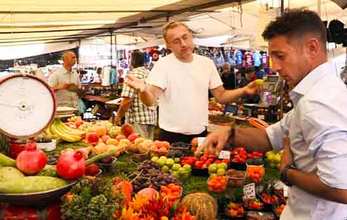 How to ask for what you need In Italy you will be dealing with the metric system... kilos, not pounds. Una etto (abbreviation of hectogram) is asking for 100 grams, 200 grams would be due etti, three... tre etti, and so on. I even asked for simple, "cento" and got 100 grams, which is about a quarter of a pound--about the amount of cold cuts for one or two sandwiches, or enough cheese for your lunch. If you want a wedge of cheese, hold out your fingers to how thick you want it sliced and say "Come questo" (like this). If you want thicker say "più spessa" (more thick), for thinner say "più sottile" (more thin). Point close to you for "questo" (this one) and point away for "quello" (that one). When thinking in kilos, think about half of what you would ask for in pounds. (A kilo equals 2.2 pounds). If you want about a pound, ask for a chilo (pronounced KEY-lo). In Italy, a kilogram is chilo. Half a kilo would be mezzo chilo. Be careful about these two... one quarter kilo is "un quarto chilo". Four kilos would be "quattro chilo". If you want to ask for something "to-go" you ask for "portare fuori" (literally, "bring out"). Remember that numbers for pricing are written a bit differently. Decimal points and commas are switched around... a leather jacket can cost €1.000,00 but never would cost €1,000 (that would be one Euro with an extra zero). A house might cost €1.000.000,67 (one million plus 67 cents... don't know what the 67 cents is for). A gelato might cost €3,50 (without the decimal point). Pantry Staples
I'll do a separate post on numbers soon. You definitely need to know how to say and hear numbers when shopping, in hotels, restaurants, taxis and trains. I hope you'll get a chance to do some food shopping in Italy... and don't miss the Italian supermarket experience. Soak in the differences, try to translate the names on boxes and cans, and enjoy trying to figure out those odd veggies...  It's called Cardi, or Cardoon and tastes like artichokes It's called Cardi, or Cardoon and tastes like artichokes Magia bene! --Jerry Finzi Please, stop by our SURVEY and spend 60 seconds telling us how we could make our blog better! Grazie! You can also follow Grand Voyage Italy on: Google+ StumbleUpon Tumblr Copyright 2016 Jerry Finzi/Grand Voyage Italy, All rights reserved You Americans disrespect your parents and grand-parents. You want to move as far away from them as soon as you leave school. When they get old and sickly, you put them into old age homes with strangers. We Italians stay with our parents until we are married--often into our 30s or 40s. No matter. We are famiglia. We take care of our parents when they get old and we are still young and strong. After all, they fed and clothed us when we were young, correct? We usually live a short distance from our parents and might even live in our parents house. When our parents pass on we will inherit and live in the Casa di Famiglia, and our children will own it someday. The famiglia is important to us. Our parents and nonne and nonni are the most important and deserve our respect.
 Don Vito living the life Don Vito living the life It's early May and if you look in my cellar right now you will find a couple of dozen young tomato plants under my grow light nearly ready to be planted out in my vegetable beds (within two weeks, after fear of frost is gone). My mind always fills with thoughts of tomatoes in this time of year... and hopes that there will be a good yield for our little famiglia... If I say, "tomato sauce" you think of Italian food, right? If I say "home grown tomatoes" you might think of Vito Corleone playing with his grandson in his garden in that final scene in his life. If I say "pizza" you picture a round crust with cheese and tomato sauce. The red color is essential. Some say that Il Tricolore (the tricolor flag of Italy) represents the hills of Italy with green, the snow capped mountains with white, and the blood spilled from the wars of independence by red. But others in la cucina Italiana would argue that the green is for pesto, the white for besciamella and the red for salsa pomodoro found in tri-color lasagna... or that the flag represents the simple but wonderful insalata caprese: green for basil, white for mozzarella, and the red for ripe tomatoes. In any case, you might say the red in Il Tricolore represent the true blood of Italy--the tomato.  Wild tomato of Peru Wild tomato of Peru But how did the tomato become such a strong part of Italian culture? It is not indigenous to Italy, or Europe for that matter. The tomato was first "discovered" by the Spanish Conquistadors while exploring and then conquering the Americas. The tomato most likely originated in the Andes mountains of Peru and spread sometime in the distant past to most parts of South and Central America and eventually on up to Mexico. The odd thing is that the tomato became popular in Europe long before it came to be used in North America. Colonial Americans thought of the tomato as a poisonous plant, after all, it's a close cousin or Nightshade, a well know toxic vine, and in fact, the leaves and vines of the tomato plant are fairly toxic. The 1500s came with Columbus and other explorers introducing the tomato to Europe, but there was about 200 years of skepticism before the tomato gained acceptance there--again, it was thought one touch of a tomato on the lips would kill you. One likely catalyst for its popularity in Europe, especially with the wealthy and elite was the rumor that it was an aphrodisiac. The general population more than likely heard about this new fruit and saw that the Barons behind the castle walls were flourishing, not falling down dead. One can imagine that the trash middens where refuse from the castles, chateaus and villas were thrown became a great source of distribution for the tomato plant--everyone knows that tomatoes are very prolific--their seeds can spring up anywhere. Little by little, the peasants discovered gnarly vines growing wild with attractive red or yellow fruits were attracting wild life. "Why not give them a try? The birds, squirrels and rabbits aren't dying, after all." Presto... a free, easily grown source of vitamins and amazing flavor. It was easy to save seeds and properly cultivate a very large harvest from even a modest number of plants. The word tomato is derived from the Aztec word xitomatl, which when it got to Europe was shortened to tomatl. The French originally called the tomato, pomme d’amour (love apple) before calling simply la tomate. Perhaps they changed the name when the aphrodisiac claims failed to have any effect. In Italy it was pomi d’oro (golden apple) which today becomes il pomodoro. Tomatoes do come in a wide variety of colors, including golden yellow, but along with tomatoes, tomatillos also came from the Americas--many of which are also yellow. In Italy, the tomato more than likely prospered because of its near-tropical climate. The tomato can be grown all year long in tropical temperatures. The first time the pomi d'oro is mentioned by name in Italy was in 1548 in Tuscany. As far back as 1692, tomatoes were used as ingredients in a cookbook from Naples, but the author obviously copied details from Spanish recipes. It makes sense the Spanish had tomatoes first, after all, they backed Columbus's explorations--even though he was an Italian. In this way, Spaniards actually led the way, "teaching" Italians to fry tomatoes up with eggplant, squash and onions, and used the dish as a condiment on bread and with meats. The cuisine of Southern Italian peasants, who often lacked meats and other proteins on a regular basis, developed into a mostly vegetarian diet in which tomatoes and olive oil, spices and vegetables were and eaten with bread, rice or polenta.  Jefferson knew a good thing when he tasted it Jefferson knew a good thing when he tasted it It took another 200 years for the tomato to become the national treasure is it today, but by the late 1700s, the peasants of Naples began to put tomatoes on top of their flat breads, creating something very close to the modern pizza. It gained popularity, especially with the elite of Europe and America taking the Grand Tour, and soon pizza attracted tourists to Naples, tempting them into the poor areas of the city to sample the new treat. Pizza was born. Soon after taking a Grand Tour himself, Thomas Jefferson, being an expert farmer and a culinary expert, brought tomato seeds back from Europe. He grew, cooked and wrote about the tomato. Slow but sure, people took notice of this special fruit. In the same time period we find the first recorded evidence of tomatoes used in sauces and preserved condiments and pastes. In the 1800s, in Naples a recipe was written about-- pasta al pomodoro, the very first mention of tomatoes being married to pasta. In 1889, after Italy became one nation, the King and Queen of Italy found it necessary to visit the former kingdom of Naples to appease the citizenry who disliked their loss of independence. Queen Margherita was bored with the same old French cuisine that they were eating everywhere they went--as was the custom in all of Europe. She called for the most famous pizza-maker in Naples, Raffaele Esposito, and commanded that he make pizza for her. He brought three types: pizza marinara with garlic, pizza Napoli with anchovies and a third with tomato sauce, mozzarella and basil leaves. She fell in love with the third one and Esposito named it after her-- Pizza Margherita. A short time later, the Queen sent her emissary with a thank you note, which still today hangs on the wall of Pizzeria Brandi, still run by his descendants. Pizza--with tomato sauce--was to become more popular than ever after the Queen's royal recommendation--the equivalent to Royal Yelp nowadays. If anything, emigration to the United States did more to increase the popularity of the tomato than anything else in history. Because of the climate in Italy, tomatoes became a big crop, even small farmers produced an excess of the sweet fruits. A need developed to preserve them, and to create new markets. The only foods that may be safely canned in an ordinary boiling water bath are highly acidic ones--coincidentally, tomatoes are naturally high in acid. Sun drying tomatoes and storing them in olive oil was also a proven way to preserve large stores of tomatoes, as long as no fresh herbs or garlic were added, the method a safe with a long shelf life. During the mid-1800s the science of canning started to develop and improve, allowing this new cash crop to find its way to distant markets. By the end of the 19th century Italians were already using tomatoes in their recipes and as a condiment. When Italians emigrated to America, they wanted to have products that reminded them of home... canned tomatoes filled that need, along with olive oil and other specialty imports. Italians at home and expats in American developed import-export businesses to give relatives and other their compagni jobs based on their new found wealth in America. In Italy, exporting companies were popping up, especially in the Naples area. By the time World War I rolled around, even the Italian Army experimented with canned ravioli, spaghetti alla bolognese and Pasta e fagioli, the inclusion of acidic tomatoes in the recipes aided in the cans' shelf life. Italian grocery stores stocked these products in Little Italy neighborhoods in New York, Philadelphia, Chicago, Boston and New Orleans. So, with the advent of this international distribution of peeled tomatoes (pelati), the ancient fruit finally came back to the Americas... not via its neighbor, Mexico, but the long way around, through Italy and Europe.
When growing tomatoes at home, you have to know if your variety is "determinate" or "indeterminate". The first grows and produces tomatoes only to a set height and then stops producing. The latter keeps on growing and producing fruit as long as the season is warm and long enough. 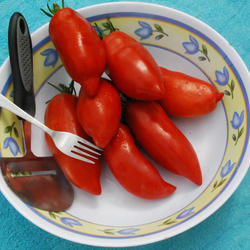 I grow Jersey Devil, a much sweeter, less acidic paste tomato I grow Jersey Devil, a much sweeter, less acidic paste tomato The best known tomato for canning became a plum shaped variety grown in the San Marzano region, near Naples. It's no small coincidence that this is in Southern Italy, where 80% of Italian immigrants came from. San Marzano became the go-to tomato for canning over 120 years ago, and is still the primary tomato used in canned tomatoes--and even for the production of sun dried tomatoes. The San Marzano tomato even has DOP protected status by the European Union (look for their seal on a can to make sure they are the real deal). The first Italian cannery was built in 1875 by Francesco Cirio, an early supporter of the San Marzano tomato. His company picked, peeled, packed and shipped canned tomatoes all throughout Italy--and later to America. The reason for it's success is not because it's the best tasting tomato... it's simply because it was developed and hybridized from three other varieties which made it withstand mechanical harvesting techniques put in place in the late 1800s to satisfy the needs of the growing canning industry. Sort of takes the romance out of thinking the San Marzano is "the best" Italian tomato, doesn't it? No great loss. Truth be told, the San Marzano is so acidic that all great Italian chefs know it needs a handful of sugar to offset the overly high acidic content. Lucas and I had an "artisinal pizza" once in a town near us where the pizza chef swore he used nothing but "the best San Marzano" imported tomatoes as his sauce. I could tell. By the end of the meal our lips were burning. For some really sweet tomatoes, think Heirloom... Growing Your Own Heirloom Tomatoes It's fairly easy to grow tomatoes from seed, but a simpler way to get started growing the amazing variety of tastes is to buy heirloom plants in the spring at your local nurseries. Stay away from anything labeled "hybrid". You cannot save seeds from a hybrid tomato--it won't look anything like the mother fruit you took the seed from. Many garden centers nowadays offer Heirloom varieties that you can plant and get a head start on, with the benefit of saving seeds from your biggest and best tasting fruits so you can continue to grow them again year after year. Growing heirloom tomatoes can become part of your family heritage. If you purchase young heirloom plants, buy and plant them just after the danger of frost in your location. Here's a LINK to help you find out the best time for planting based on your zip code in the U.S.. Now, how to plant... First, make sure you are planting in ground that is tilled nice and fluffy. Make sure you have amended it with some nice organics... I like a mix of peat moss (to hold moisture) and compost from my own compost pile. You can buy compost to use. Stay away from fresh manures... they will burn the plants. You can use any number of organic or non-organic plant foods that have chemicals balanced for growing vegetables that grow fruits. As for planting, here's a great tip. Tomatoes will grow roots all along their stems if you let them. With young seedlings, pull off the lower leaves and plant deeply. If I have 12" tall plants, I'll plant them with about 2/3 under ground. This gives them a better start--allowing more roots to grow which will supply more nutrients to your plants--and fruits. I grow my tomatoes upwards onto "quad-pods"--sort of like a four legged tripod. You can make them out of wood or bamboo. As the plants grow, trip off side suckers that grow in the crotch of some leaf joints and tie off the plants to your supports. I plant one tomato plant per corner of my quad-pods. With heirlooms, you can try yellow, purple, black, pink, red or even striped varieties. My best all around tasting tomato is called Eva Purple ball--a 3" pink, perfect, pest free tomato. My best beefsteak for taste is Giant Belgium. And I love growing Olivette Juane (a prolific yellow pear shape) and Jersey Devil (a horned, chili pepper shaped sauce tomato). Harvest in the mornings for best flavor. As your fruits come close to ripeness, hold back a bit on watering so you don't dilute the flavors. Seed-Saving With heirlooms, label them carefully if you plan to save seeds. Save seeds from your biggest, most blemish free fruits... their genetics will ensure you get a good strain of seeds for next year. Put the seeds in a plastic cup with water and label the cup as to variety, weight of fruit and any other notes about how they performed in your garden (robust plants, bountiful harvest, pest resistant, blight resistant, etc). Place a damp paper towel scrap over the top of the cup and set aside for 1 week. The seeds will ferment and all the smile will be removed from the seeds. After a week or so, rise the seeds carefully, replacing with clean water as you go, until there are only clean seeds in the cup. Remove the seeds from the water and place into labeled coffee filters and set somewhere to dry. Package in paper coin envelopes with their names and notes. You can start your seeds next season about 6-8 weeks before your last frost, indoors, under artificial lights in seed starting trays and pots. I tend to use two sizes during seed starting... a small seed "pack" size pot made out of peat or compressed paper products... and then I transplant deeper into 4" plastic pots. I set them outside in a protected area to "harden off" to temperature and wind before planting them in my garden beds. 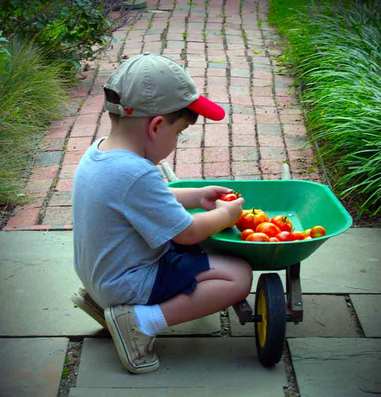 Lucas at 5 years old with his morning harvest Lucas at 5 years old with his morning harvest I hope this gives you a better insight on the long, special voyage the Tomato has made... from the Andes mountains, across the sea to Spain, Italy and the rest of Europe, then back to the United States with the influx of Italian Immigrants. The tomato is alive and well all over the world, but especially in Italy. They've adopted this little nightshade fruit and made it their own... --Jerry Finzi Resources: Annies Heirloom Seeds Heirloomseeds.com Seedsavers Exchange Growing Heirloom Tomatoes in Pots Old House Journal Article: How to Grow Heirloom Tomatoes Please, stop by our SURVEY and spend 60 seconds telling us how we could make our blog better! Grazie! You can also follow Grand Voyage Italy on: Google+ StumbleUpon Tumblr Copyright, Jerry Finzi, Grand Voyage Italy, All rights reserved 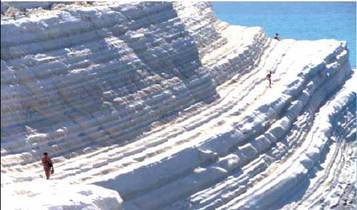 There are places on this Good Earth that obviously have the Hand of God in their making--otherwise, how would they be so uniquely beautiful? Italy has many of these wonders of nature and one of the more amazing sights to see and experience is la Scala dei Turchi (Stair of the Turks). You will find the stark white Scala cliffs on the western third of the southern coast of Sicily in Realmonte near the town of Porto Empedocle. Formed by a sedimentary rock called marl, its crisp white color is whiter even than the two sand beaches which embrace its east and west boundaries. The constant action of waves, wind and weathering over the course of millennium have carved the shape of steps into the cliff, creating a sun worshipers' magnet during the hot summer months. The natural landmark drew invasions from the Moors from northern Africa, the Saracens and Turkish pirates, thus the name. 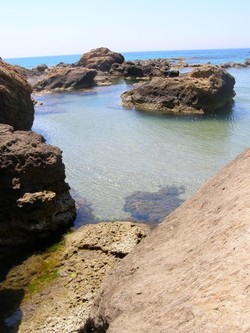 There are many rock formations along this stretch of coastline - perfect for kayakers and photographers. There are many rock formations along this stretch of coastline - perfect for kayakers and photographers. The municipality of Realmonte has applied for UNESCO Heritage Site listing, even though the Scala seem to be privately owned by an aging pensioner who has placed signs warning that he will not be liable for any injuries that occur on the site. His signs are largely ignored... Most of the time the Scala appears to be a snow white, slanted layer cake, while at other times of the day the color of the cliffs can change dramatically from pink to orange to yellow and even blue. Unlike the White Cliffs of Dover in England (made of chalk), the Scala's geology is made of a sedimentary limestone and clay. Its stairs are soft and rounded and very precarious, but are still visited by many people who climb and sun themselves on the Scala. The Scala di Turchi are located just west of the beach town of Punta Grande and all the way past Lido Rosello for about two miles, but more white cliff formations dot the coastline from past Capo Rosello for another 10 miles or so until the archeological site of Eraclea Minoa. The area of a mix of rugged and forested nature preserves, campgrounds, golf courses, sandy beach towns and a few world class resort "village" complexes. |
Categories
All
Archive
January 2021
|


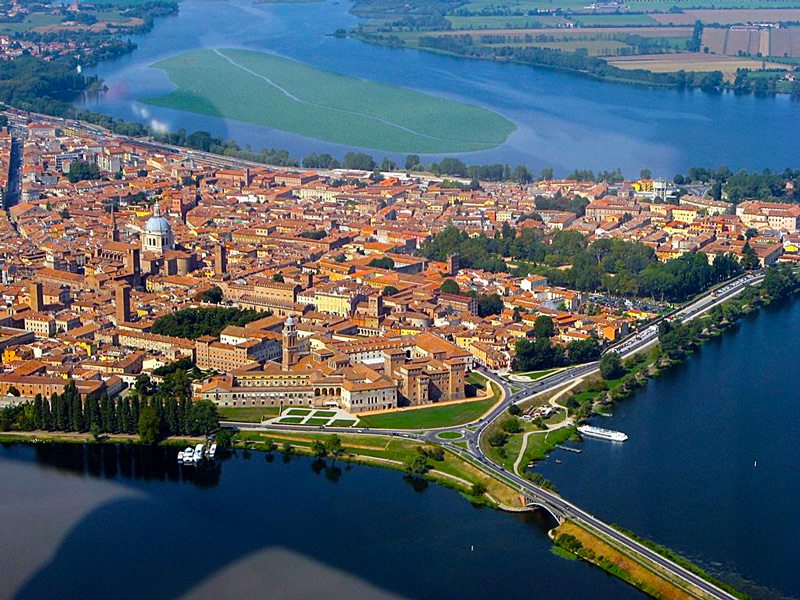
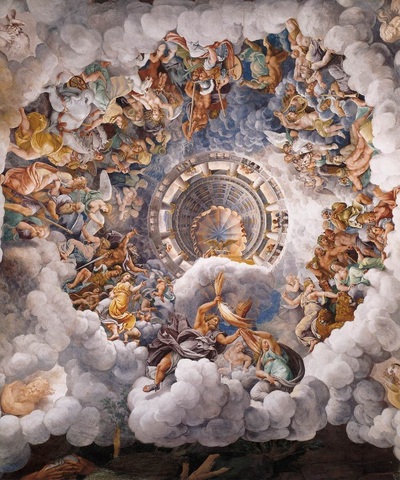
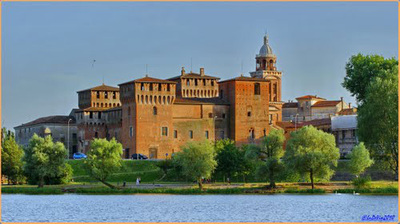
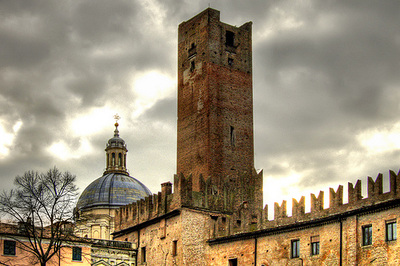
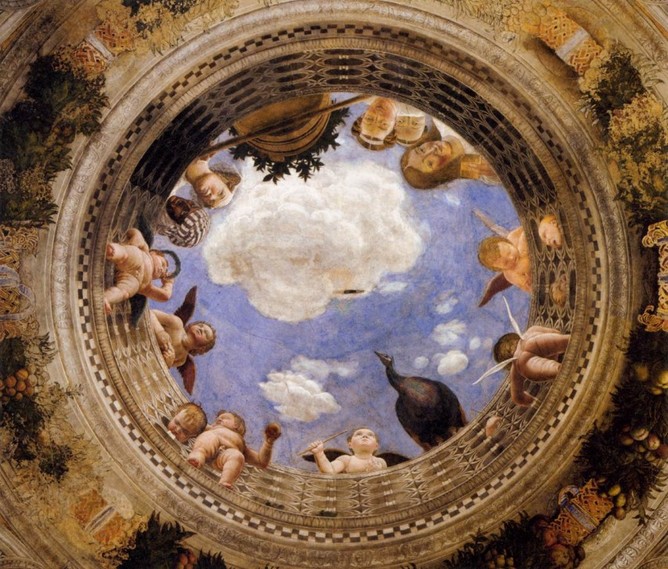
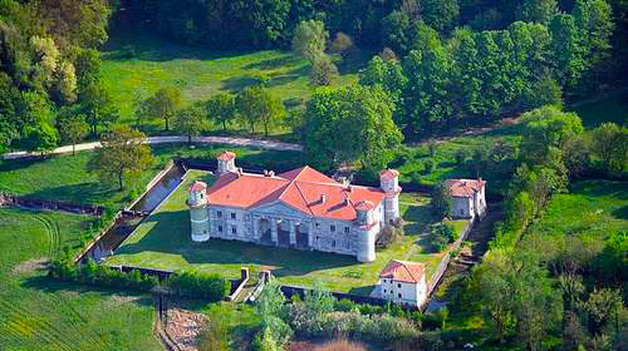

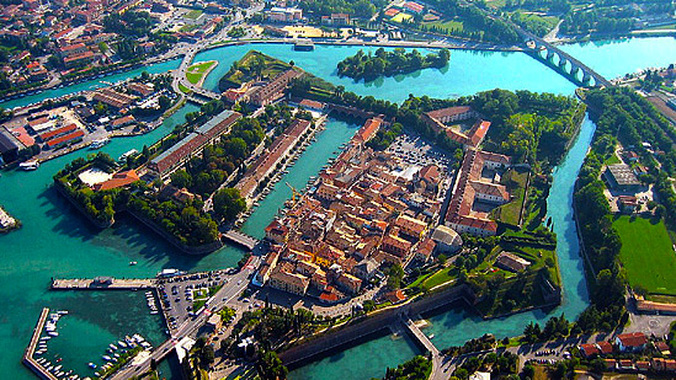
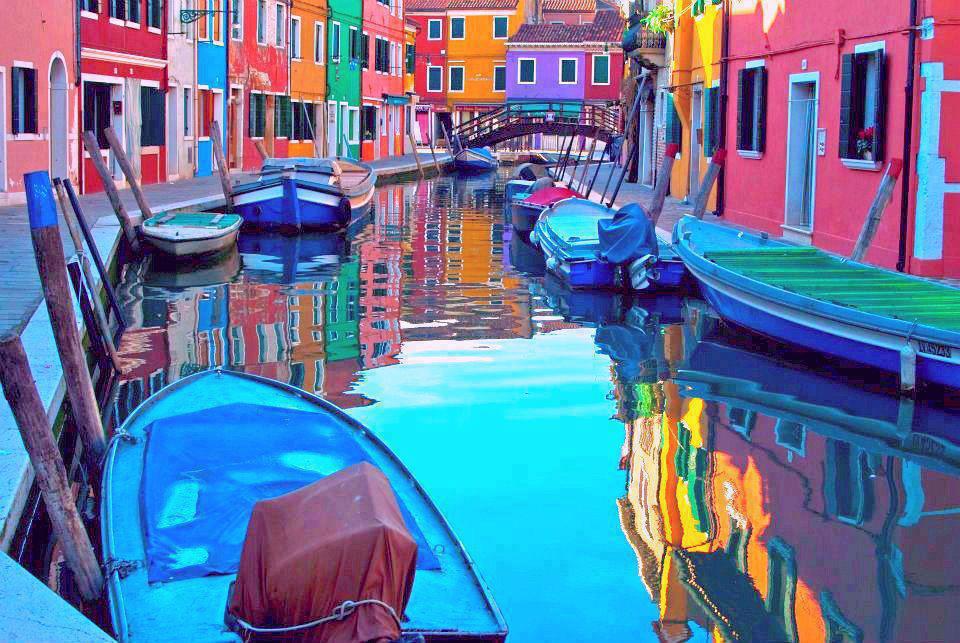
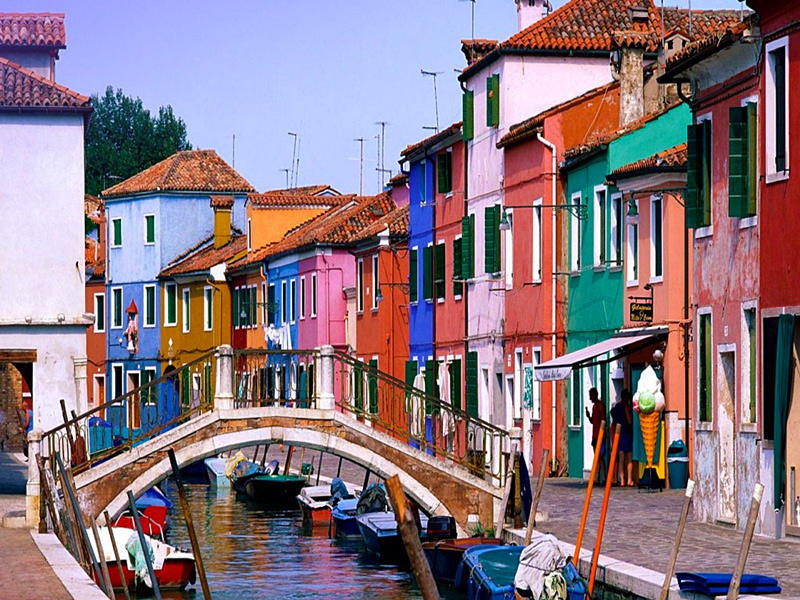
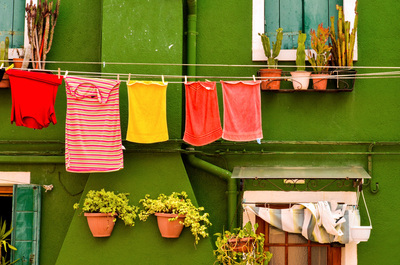
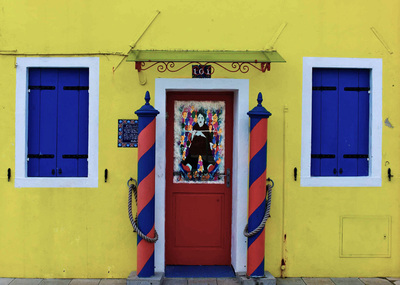
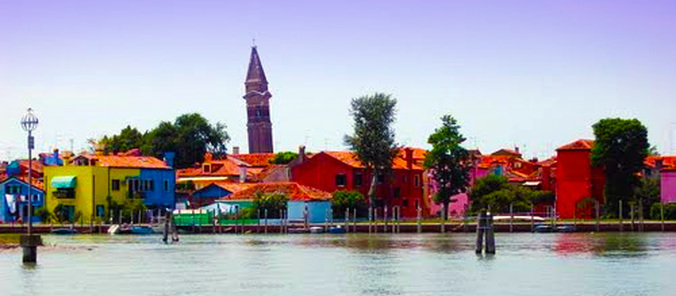
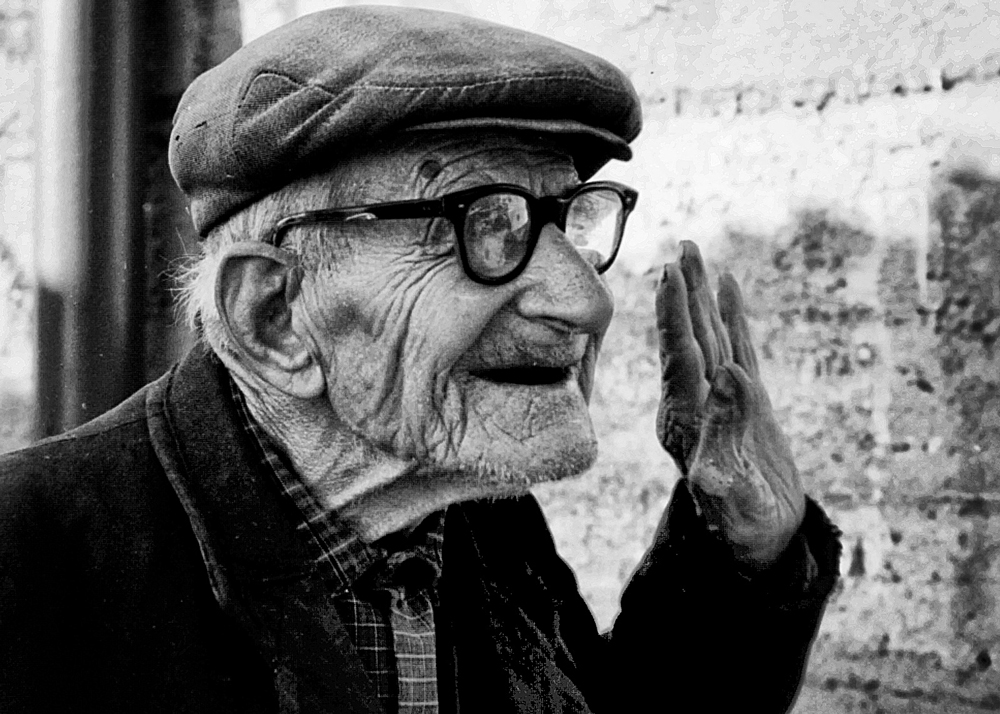
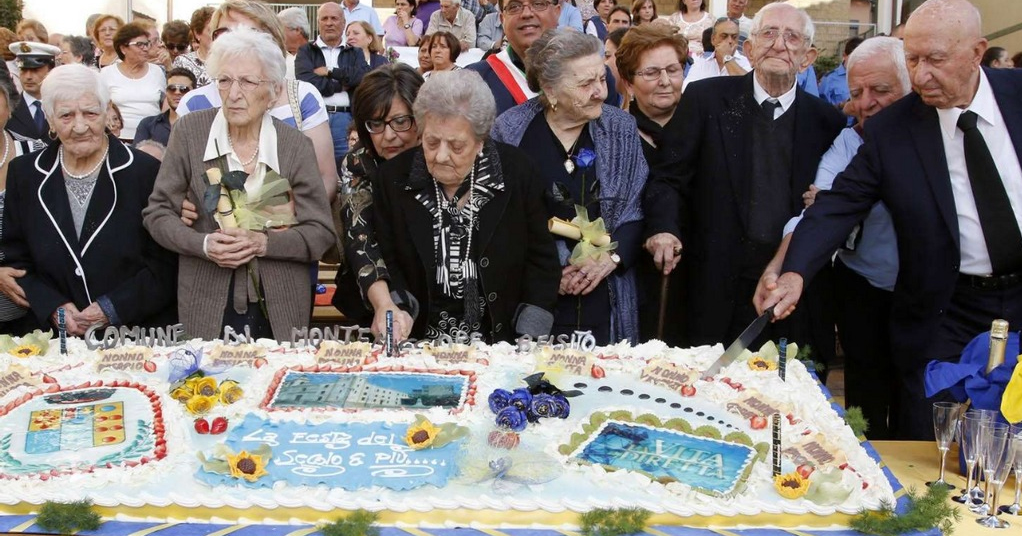



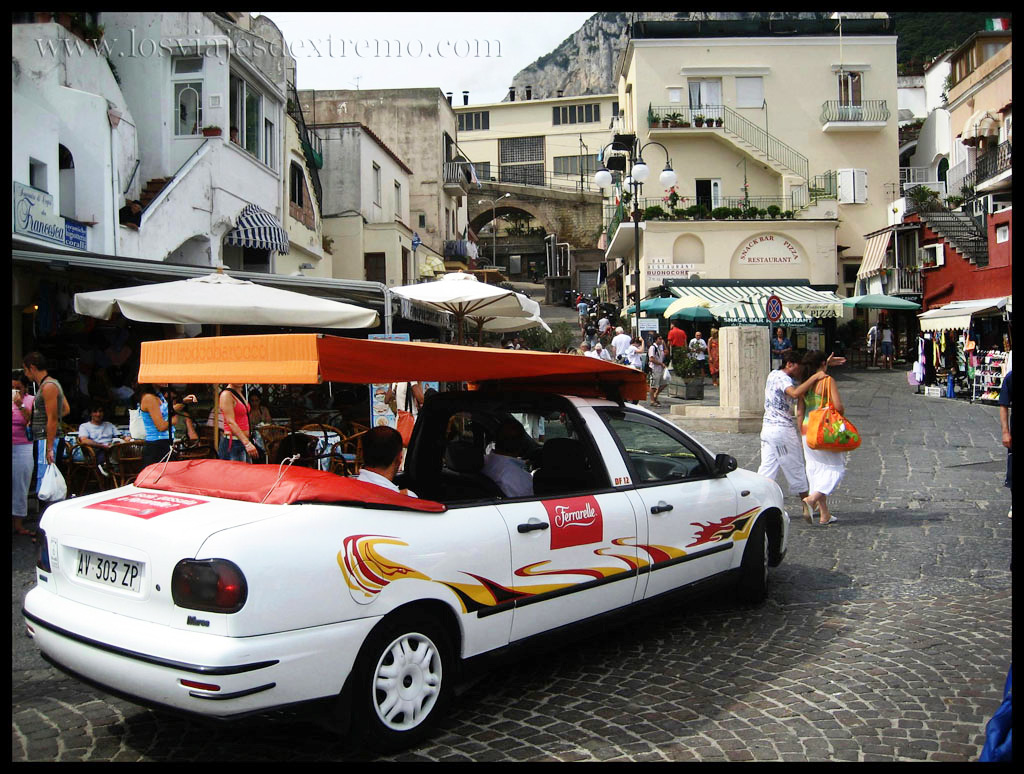

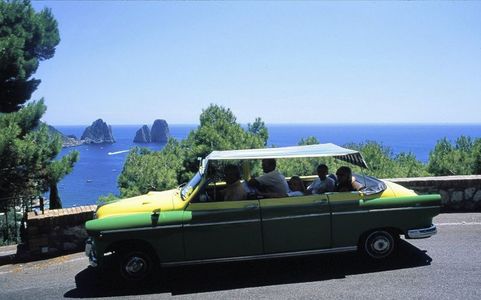
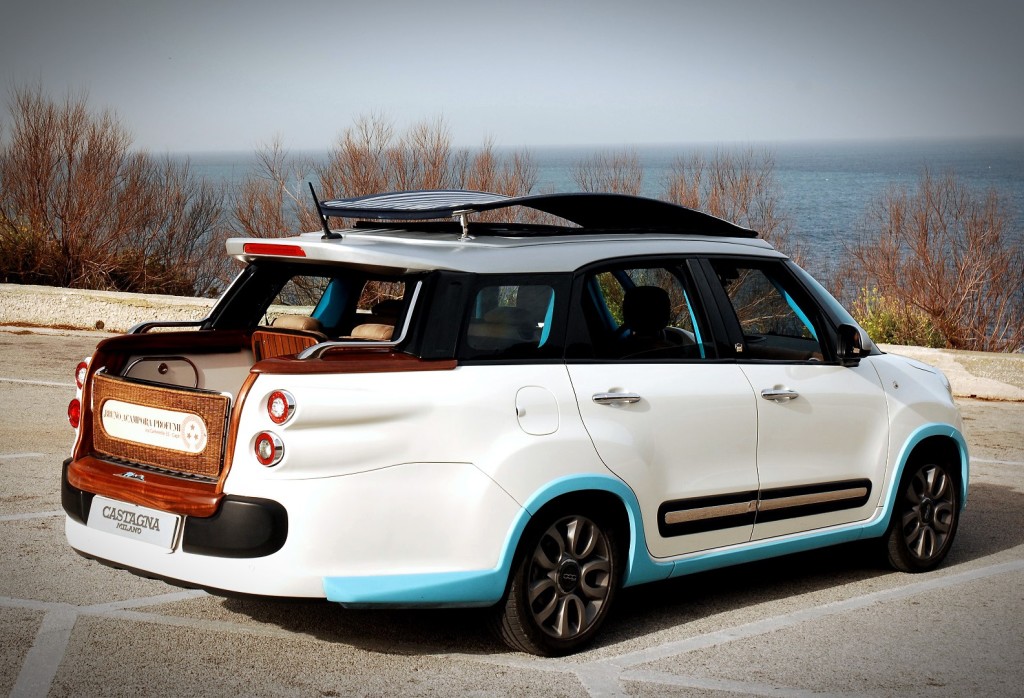

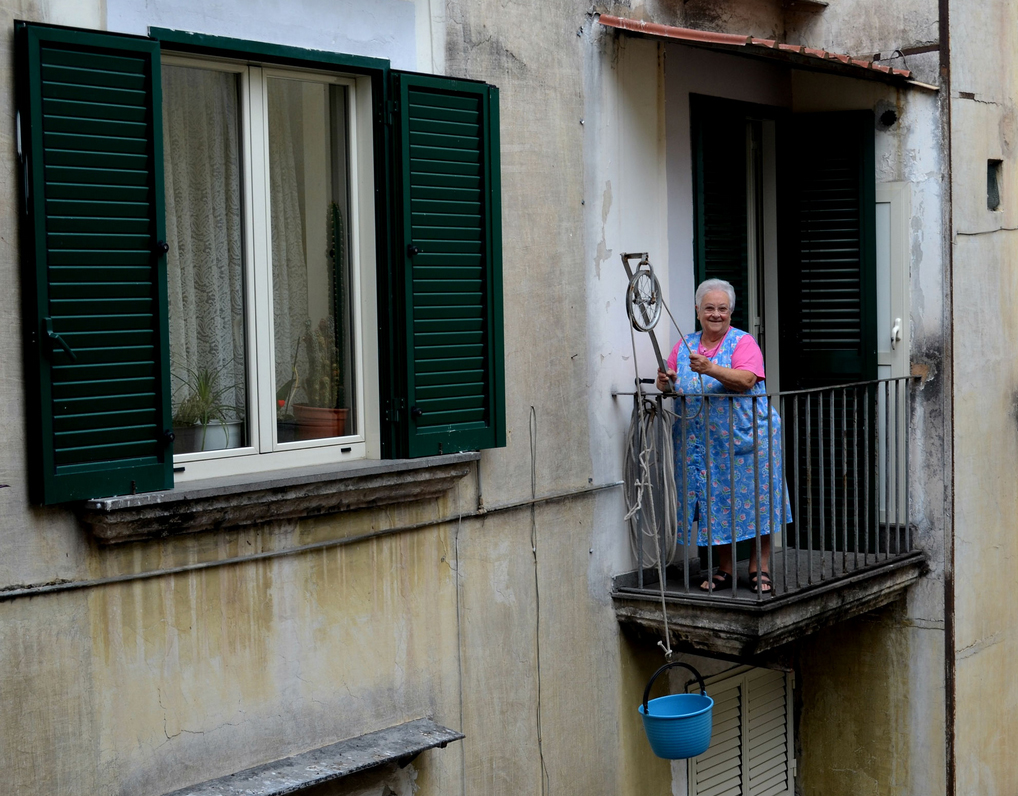
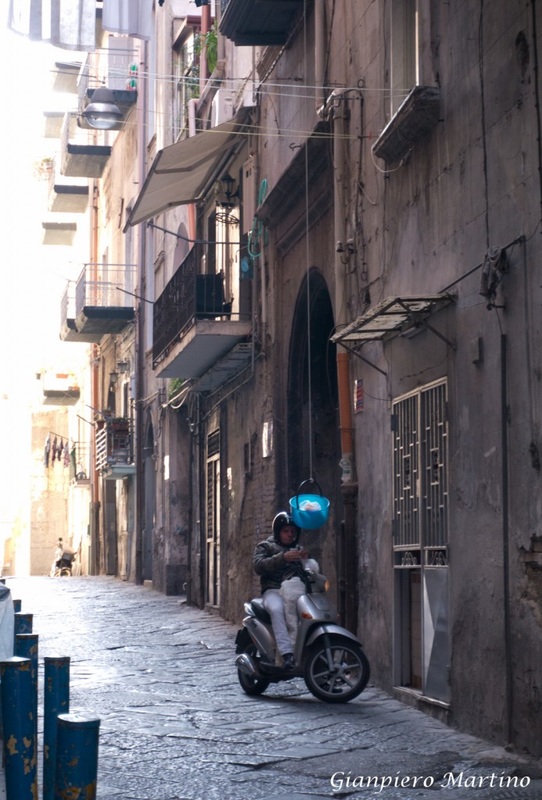
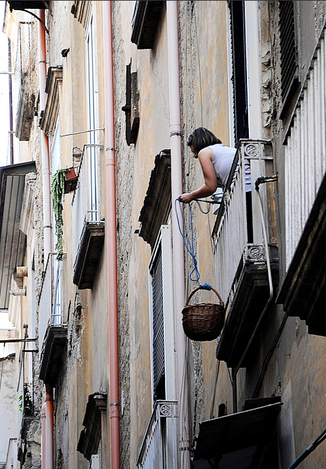
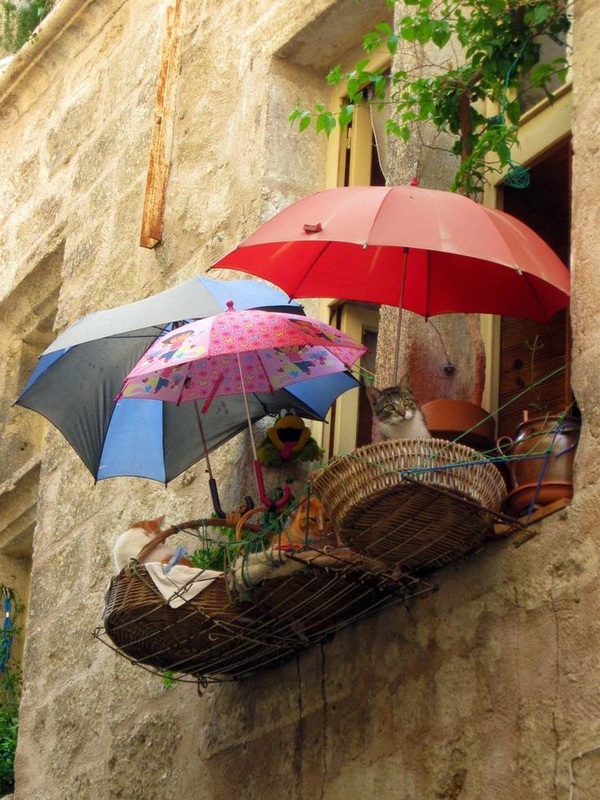
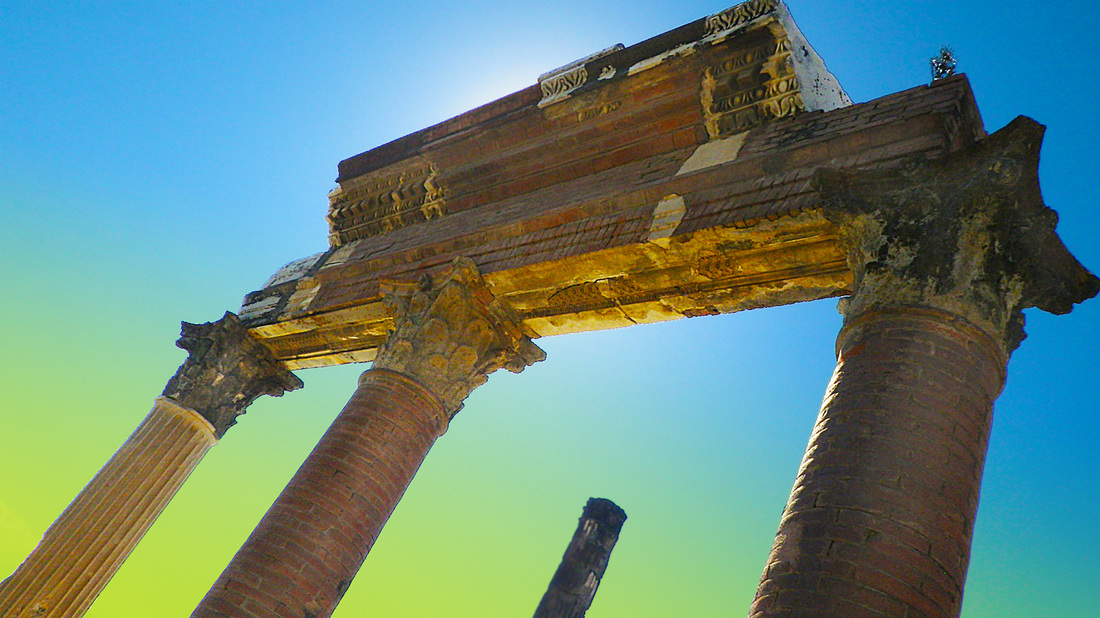
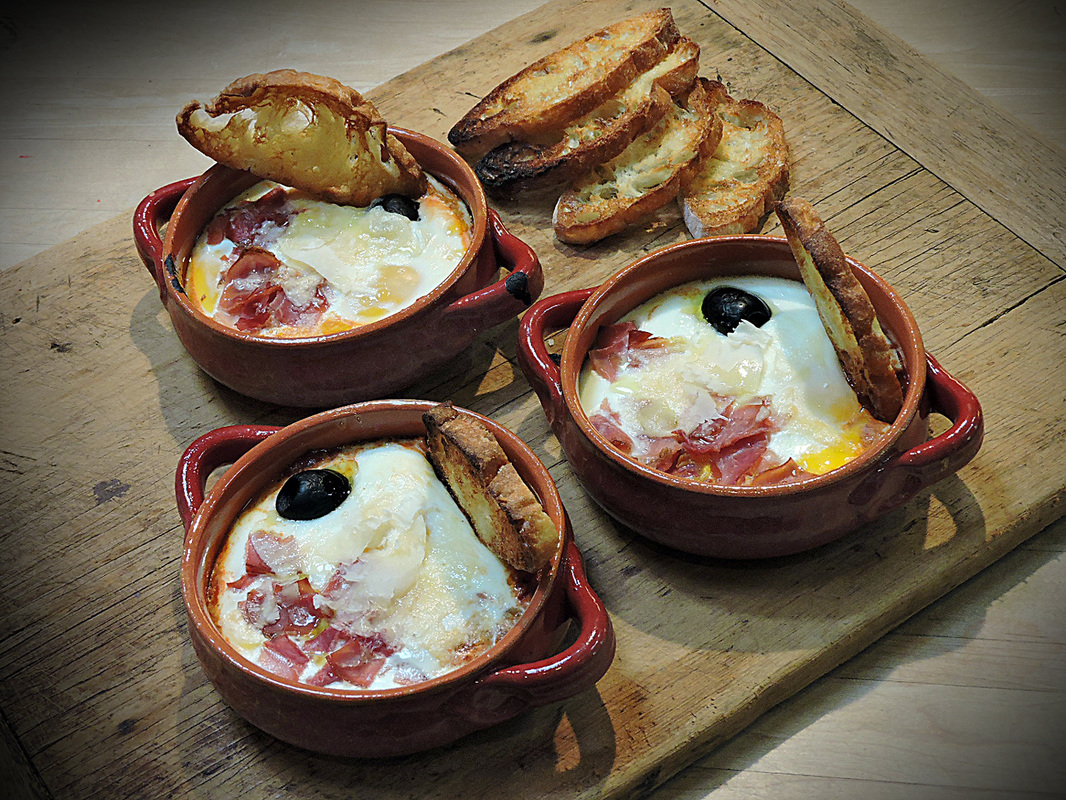
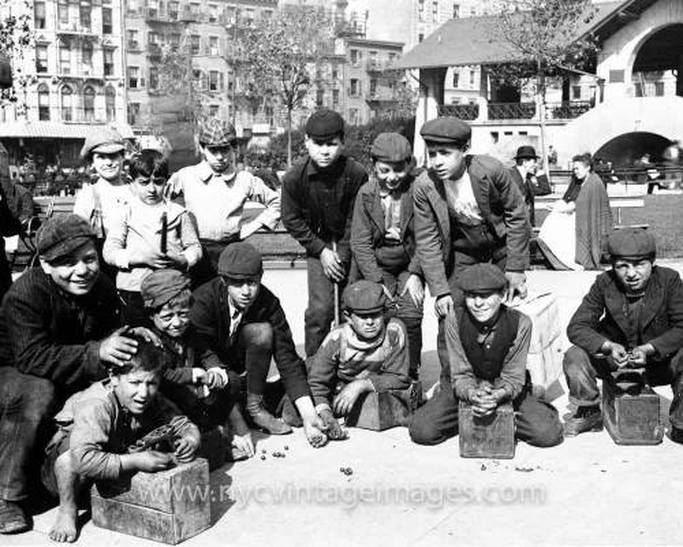
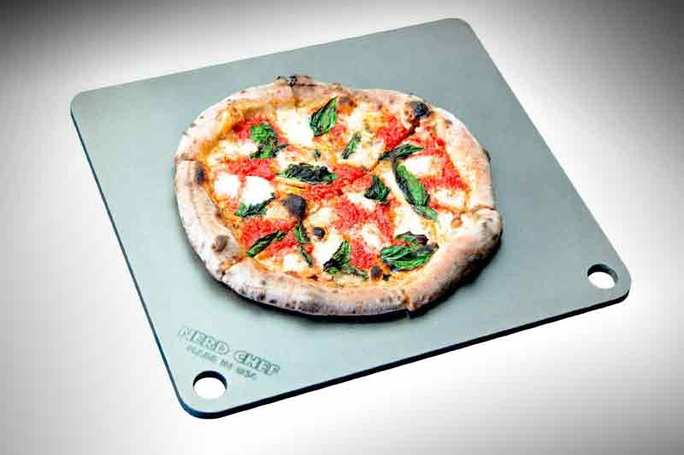
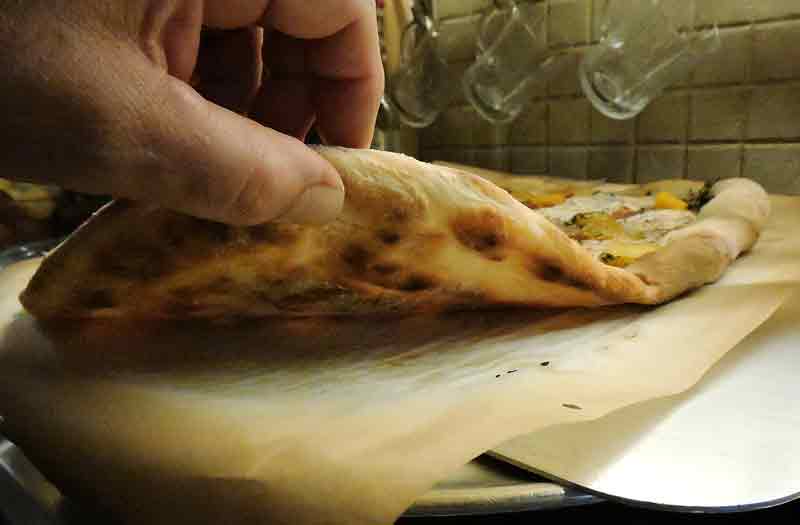
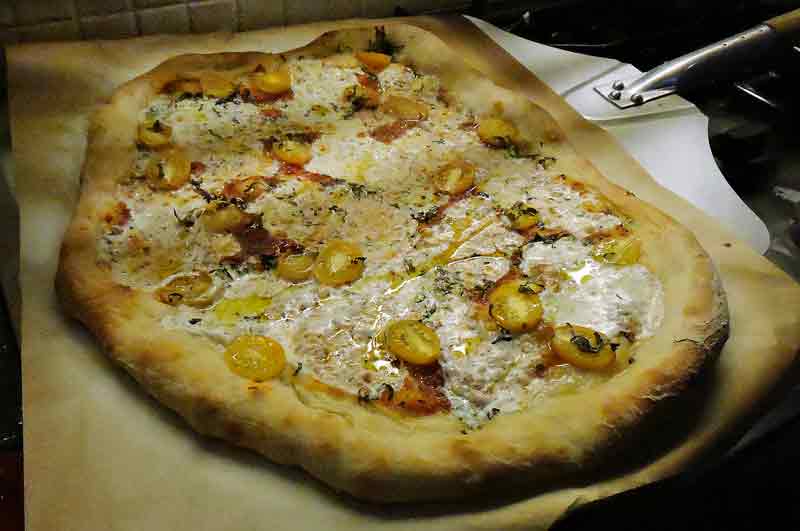
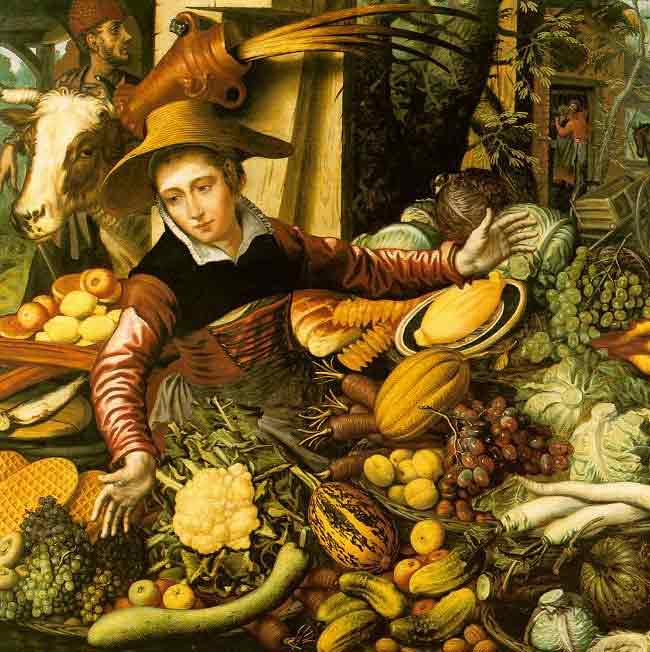

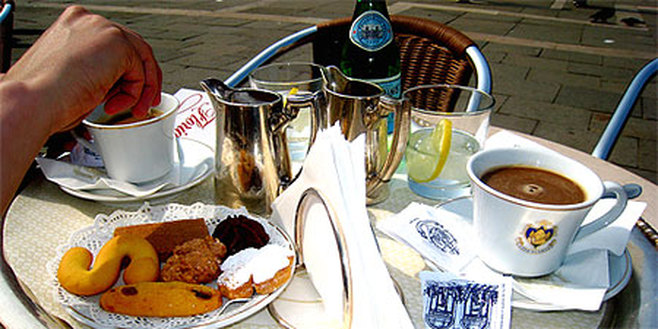
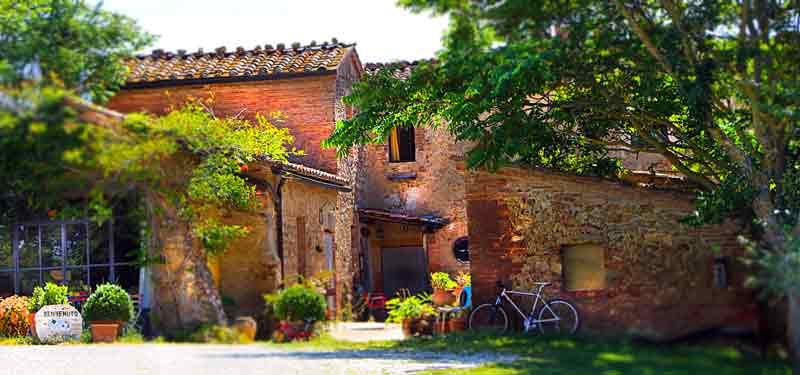
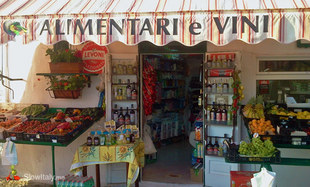
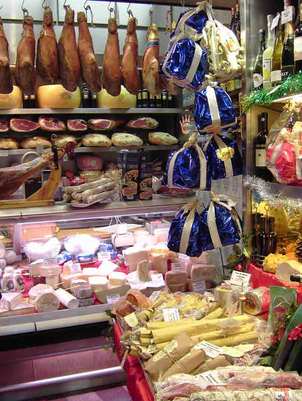
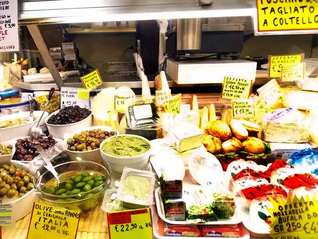
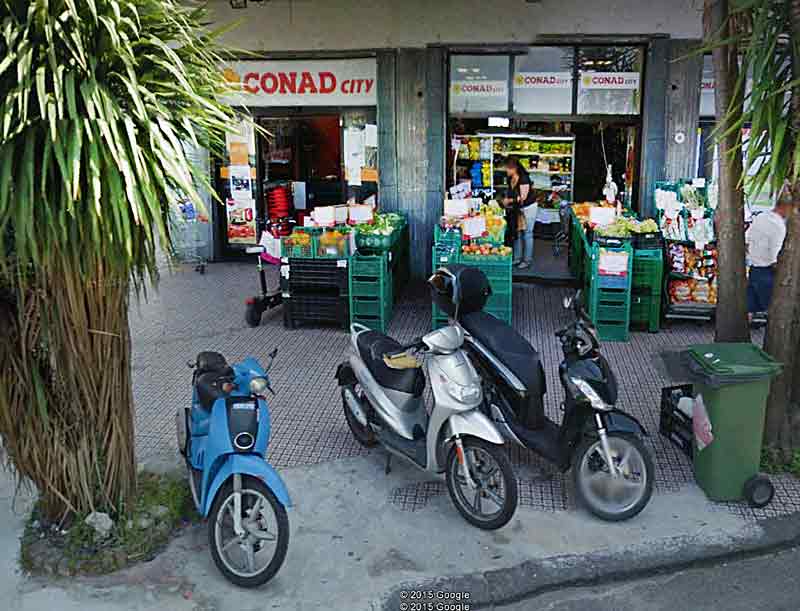
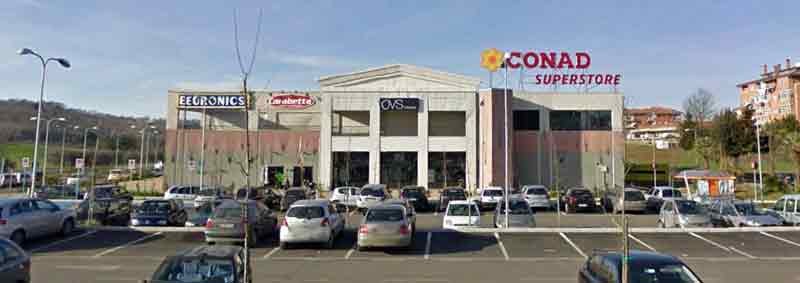


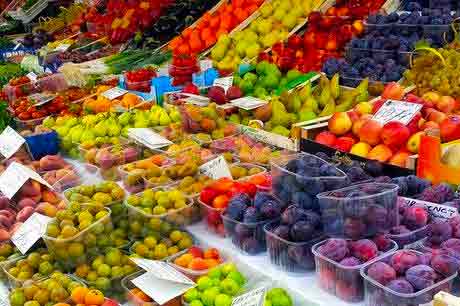
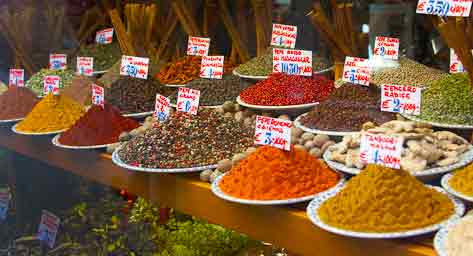
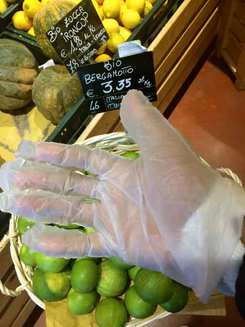
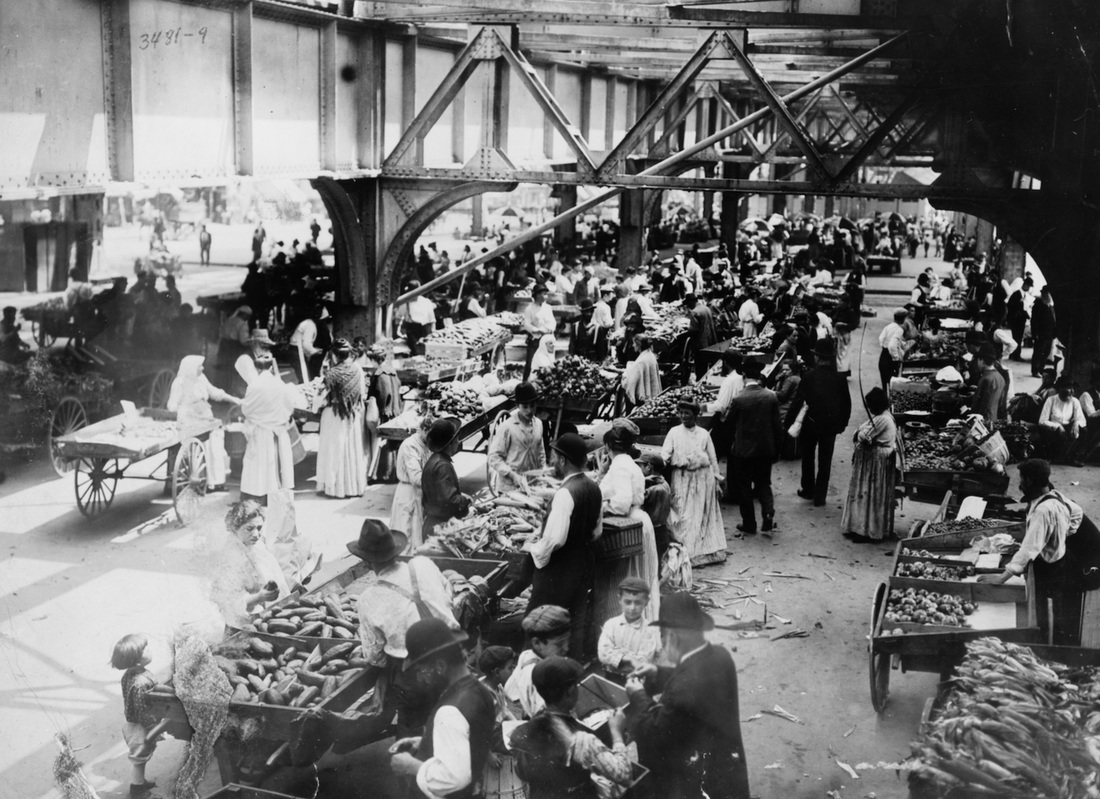
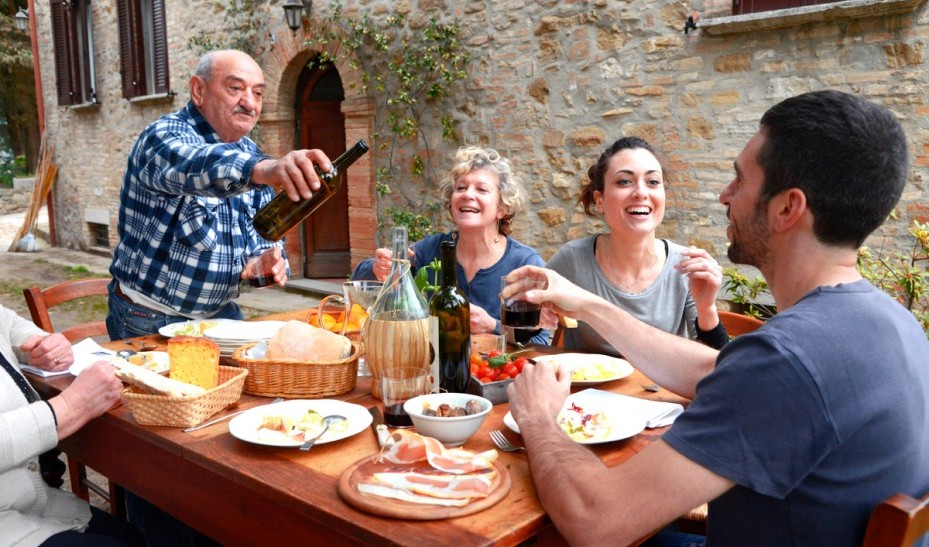

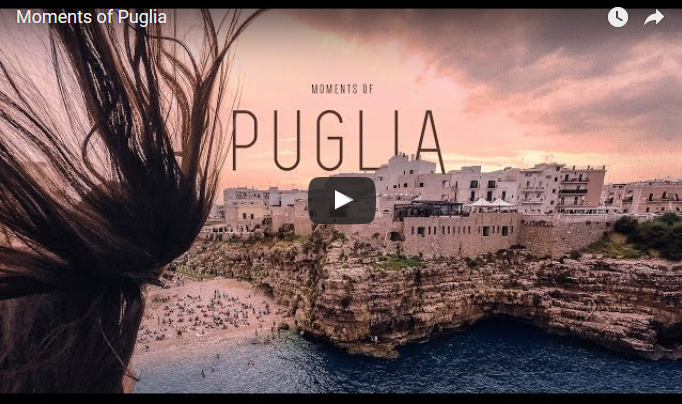

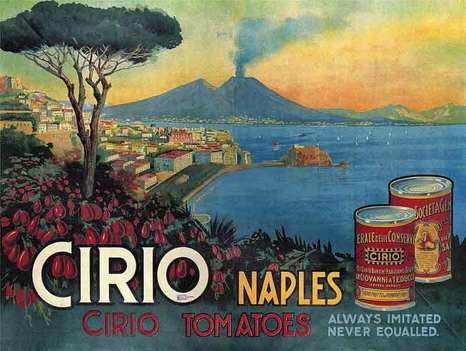





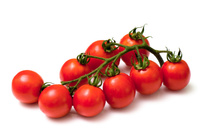


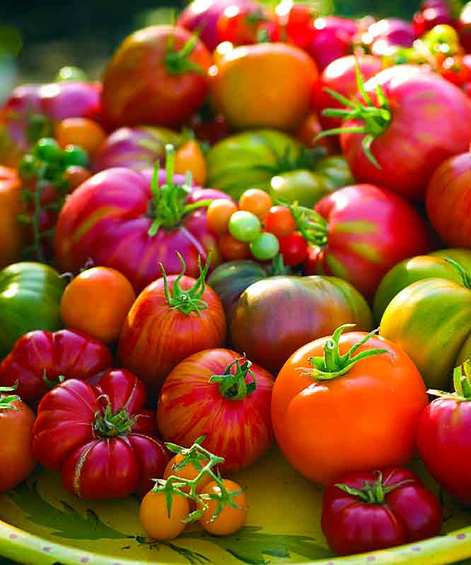
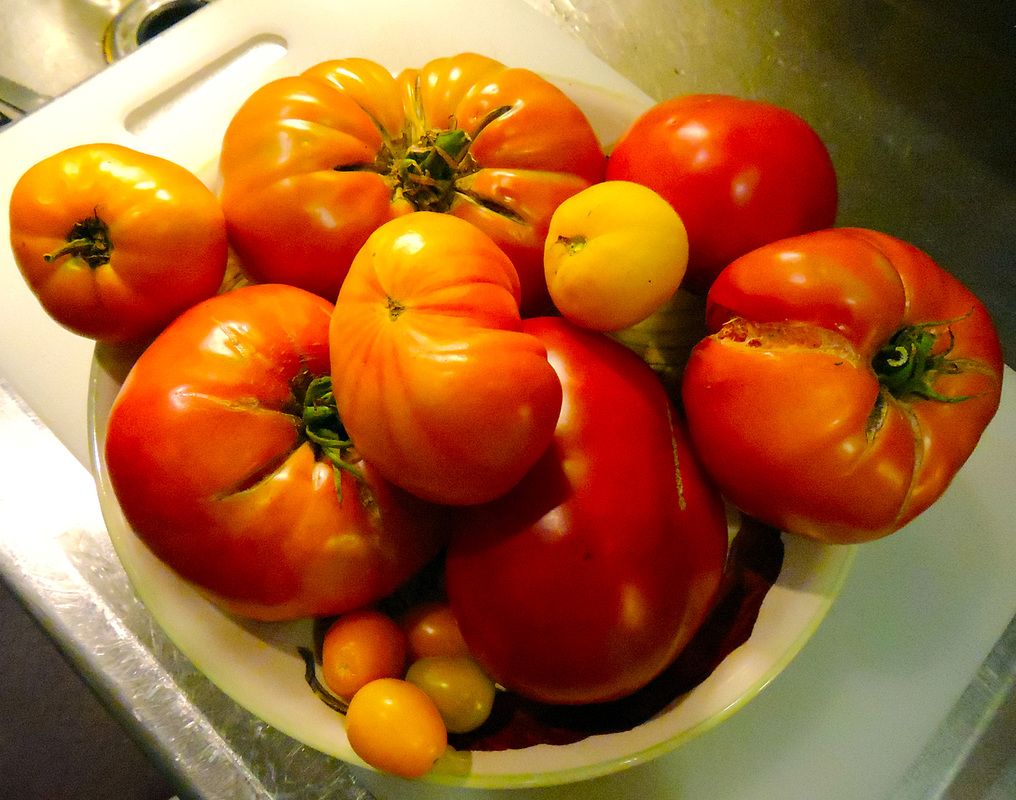
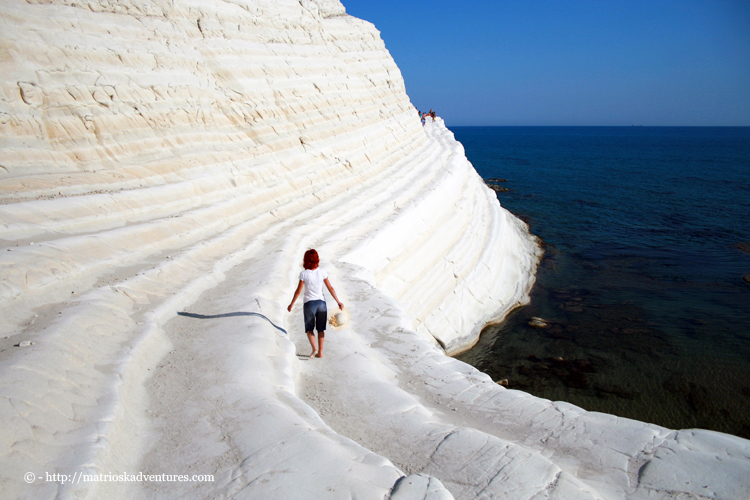
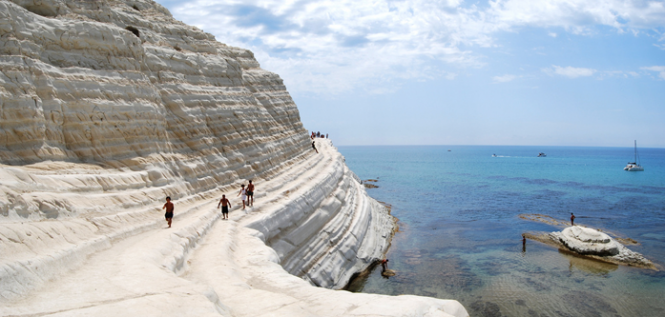
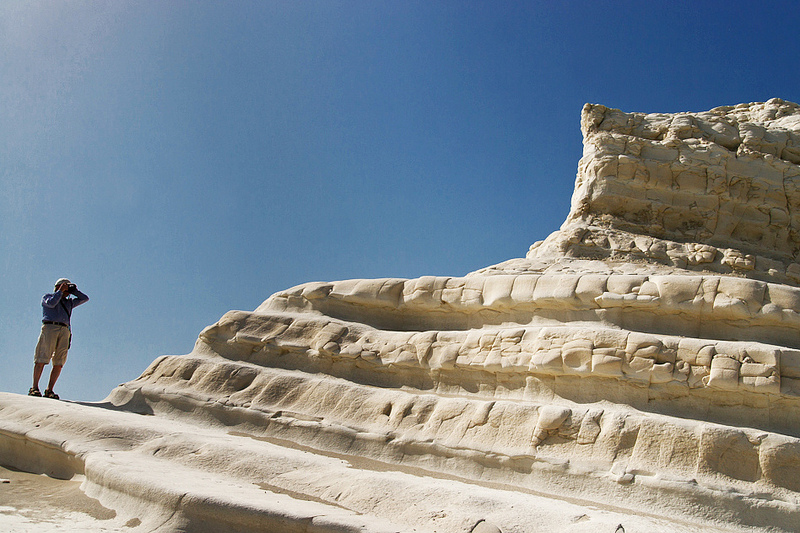
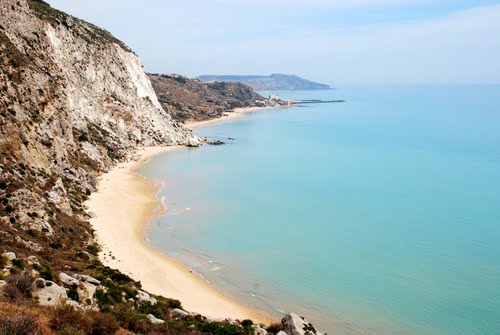
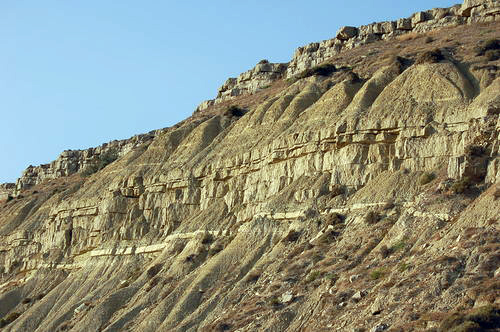
 RSS Feed
RSS Feed
